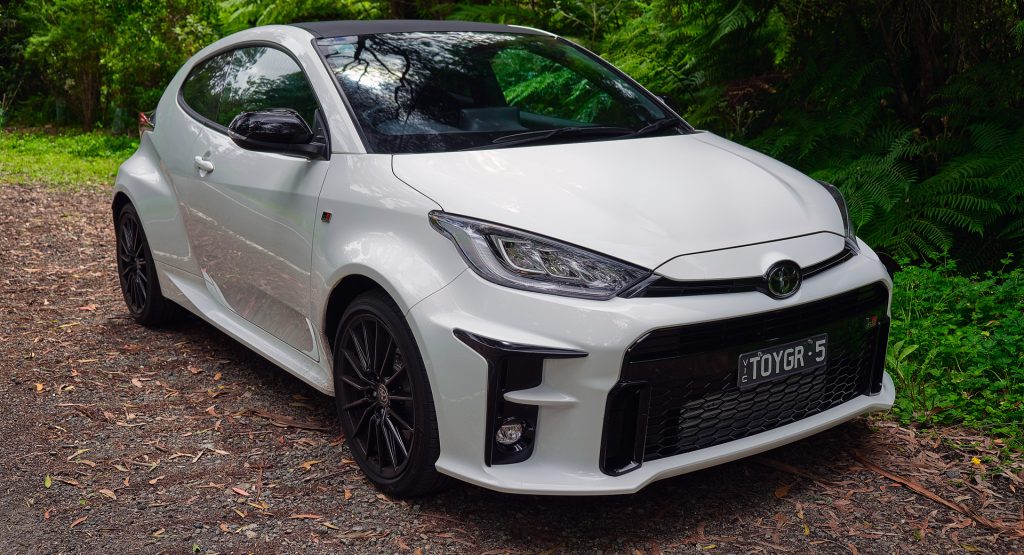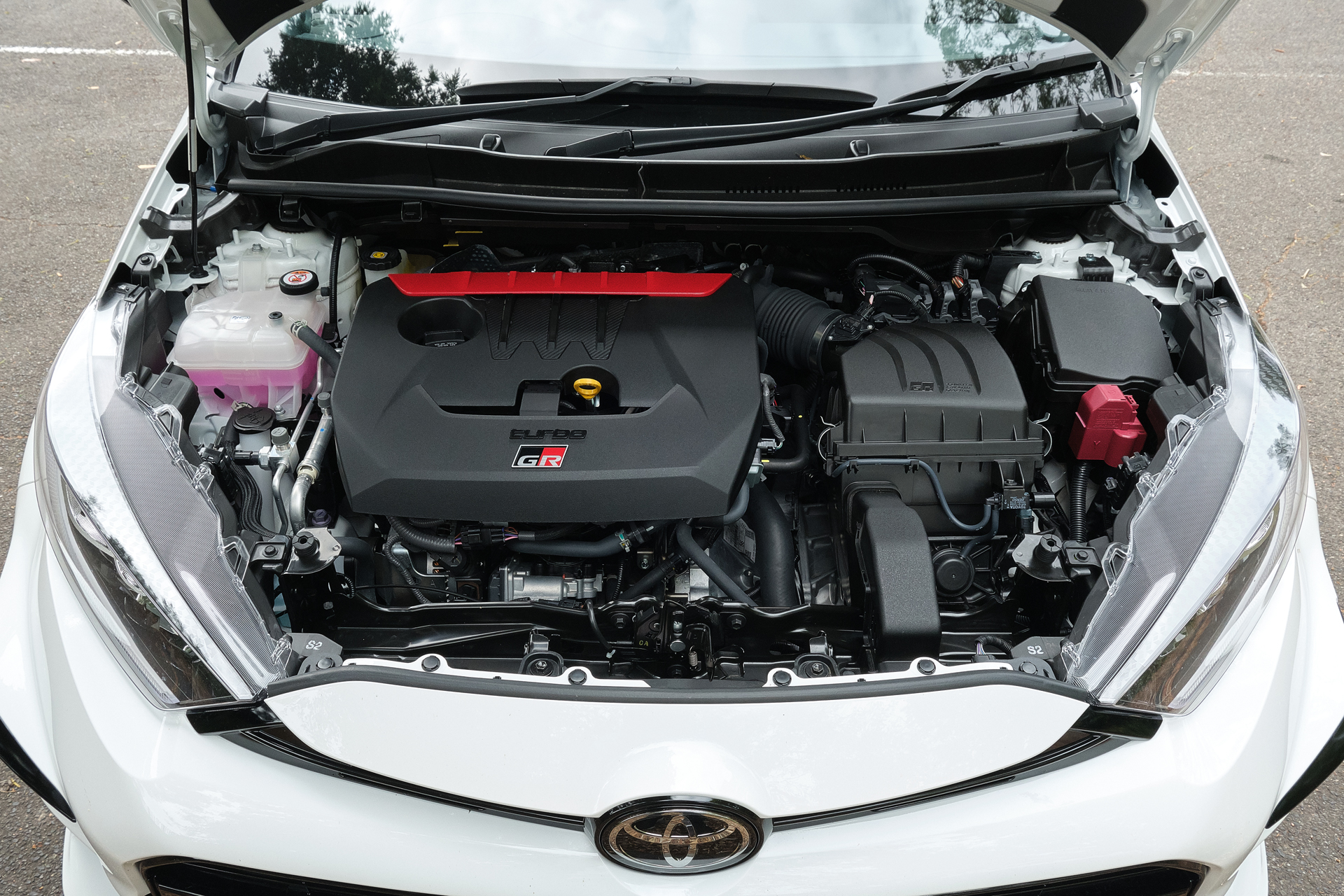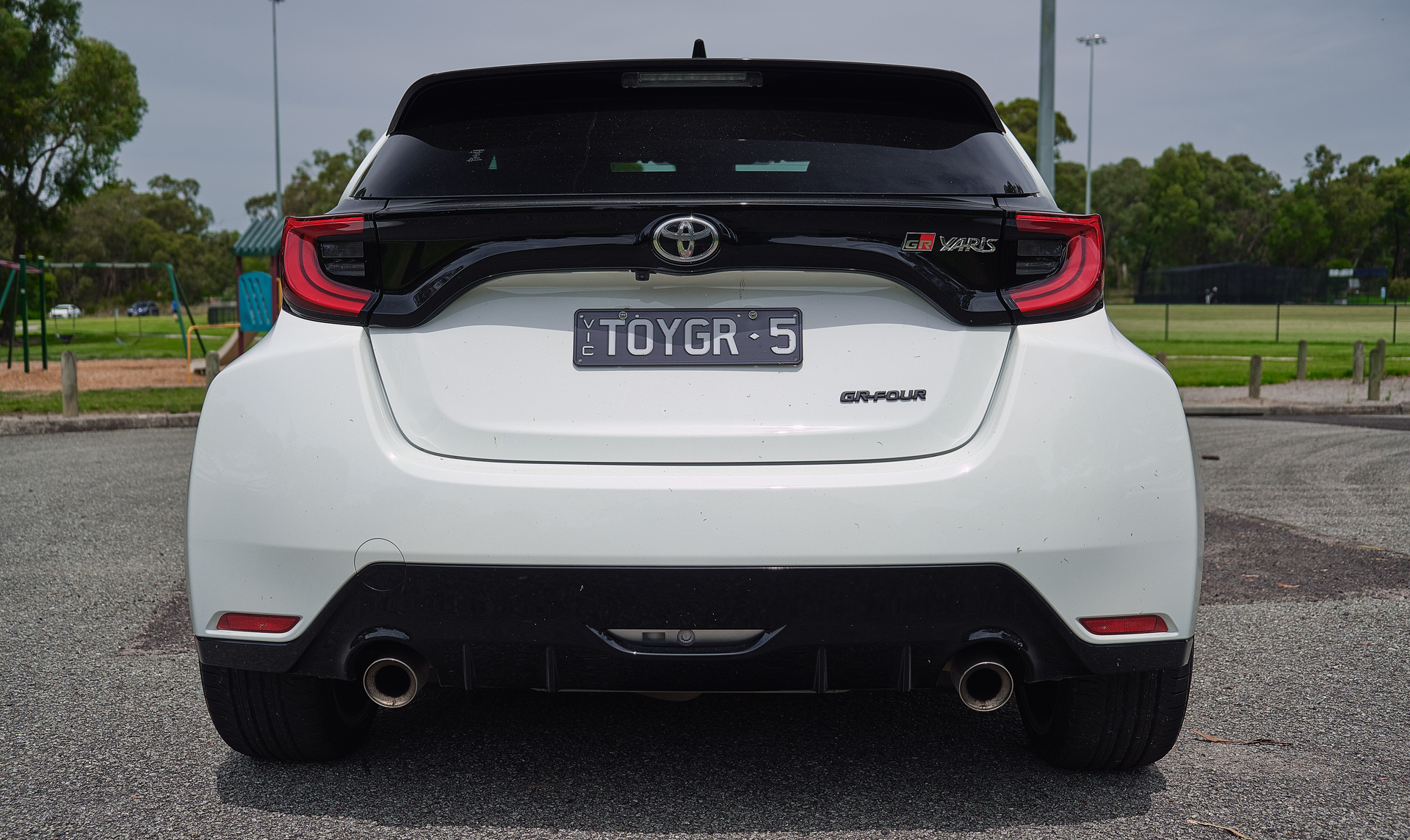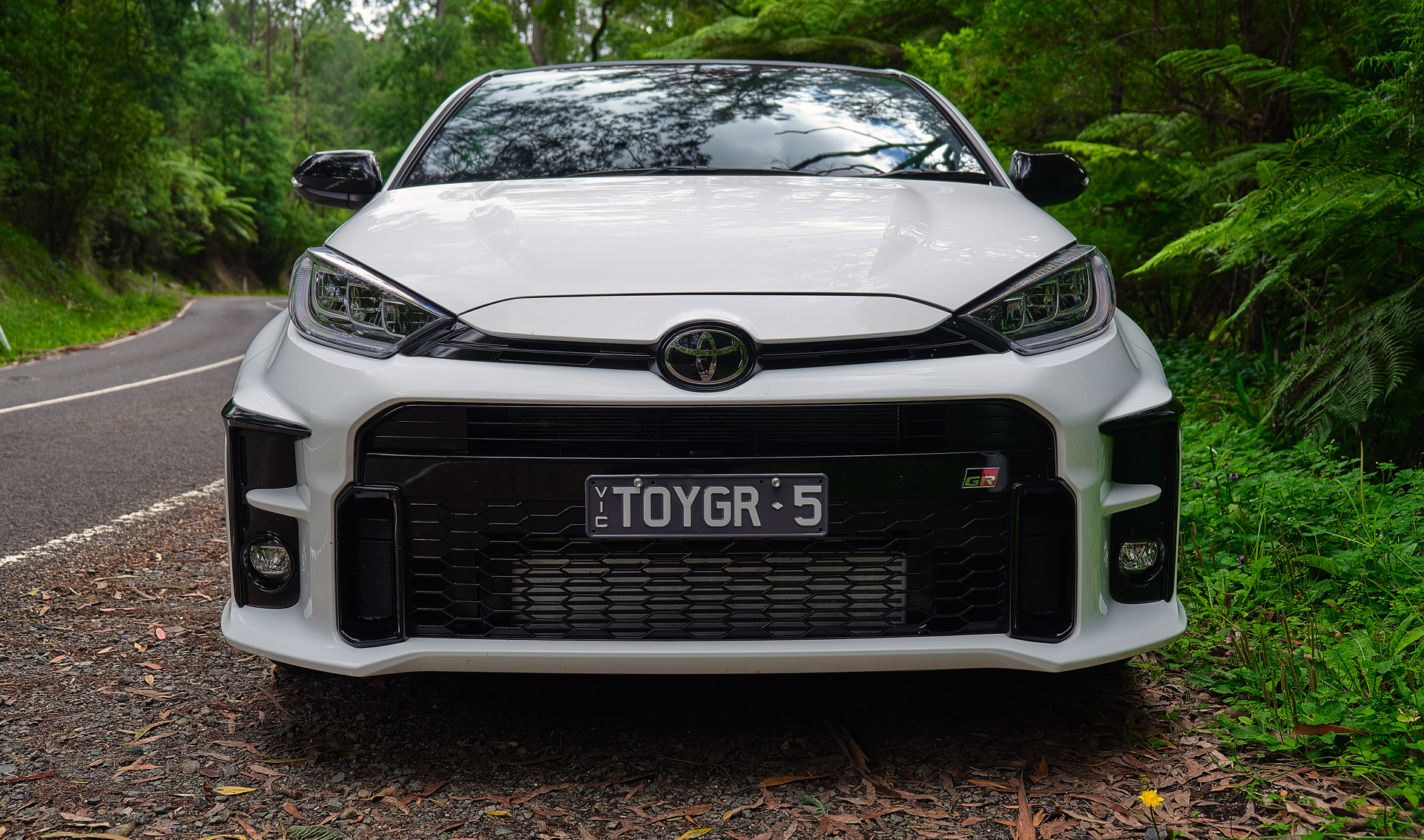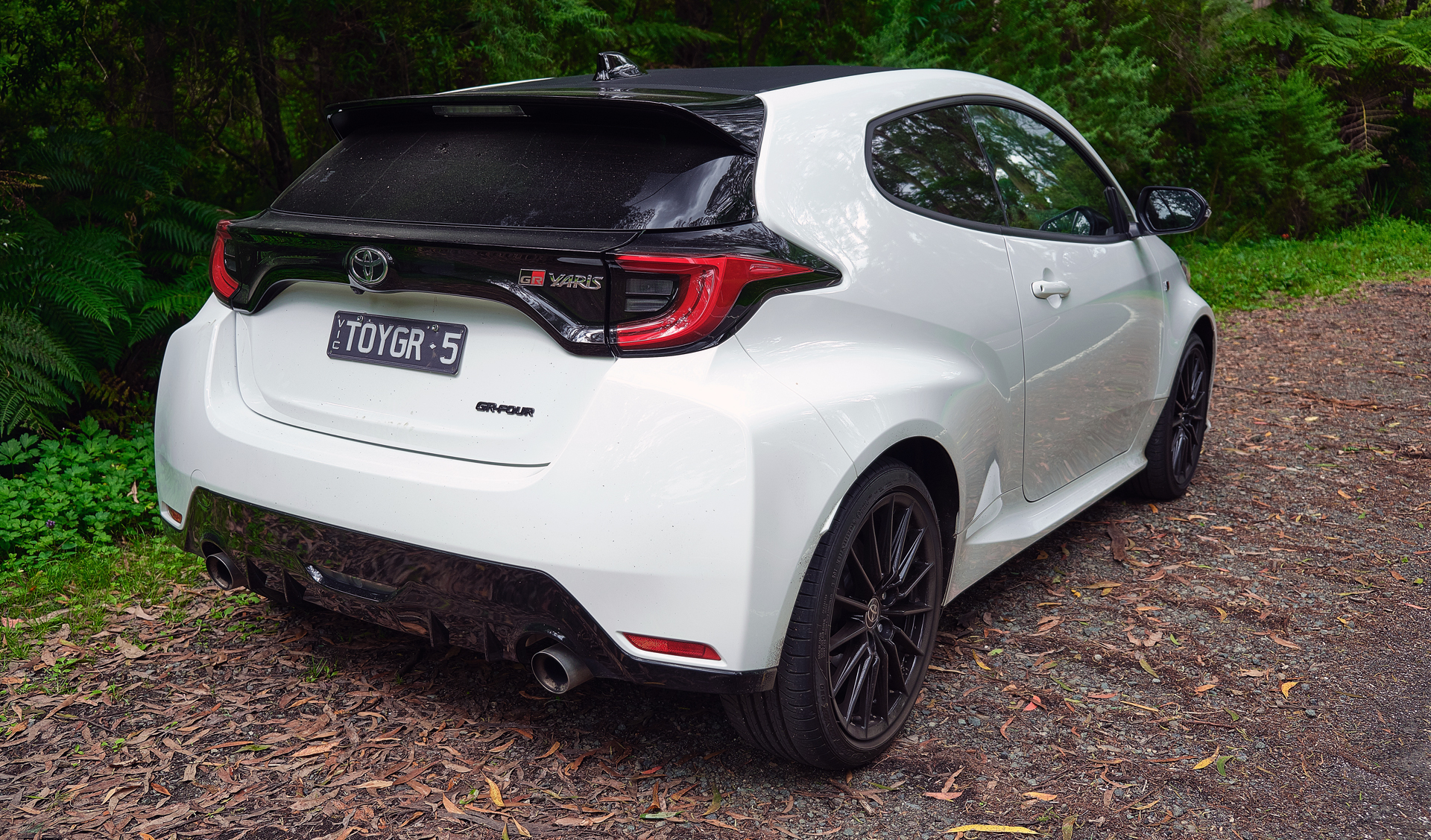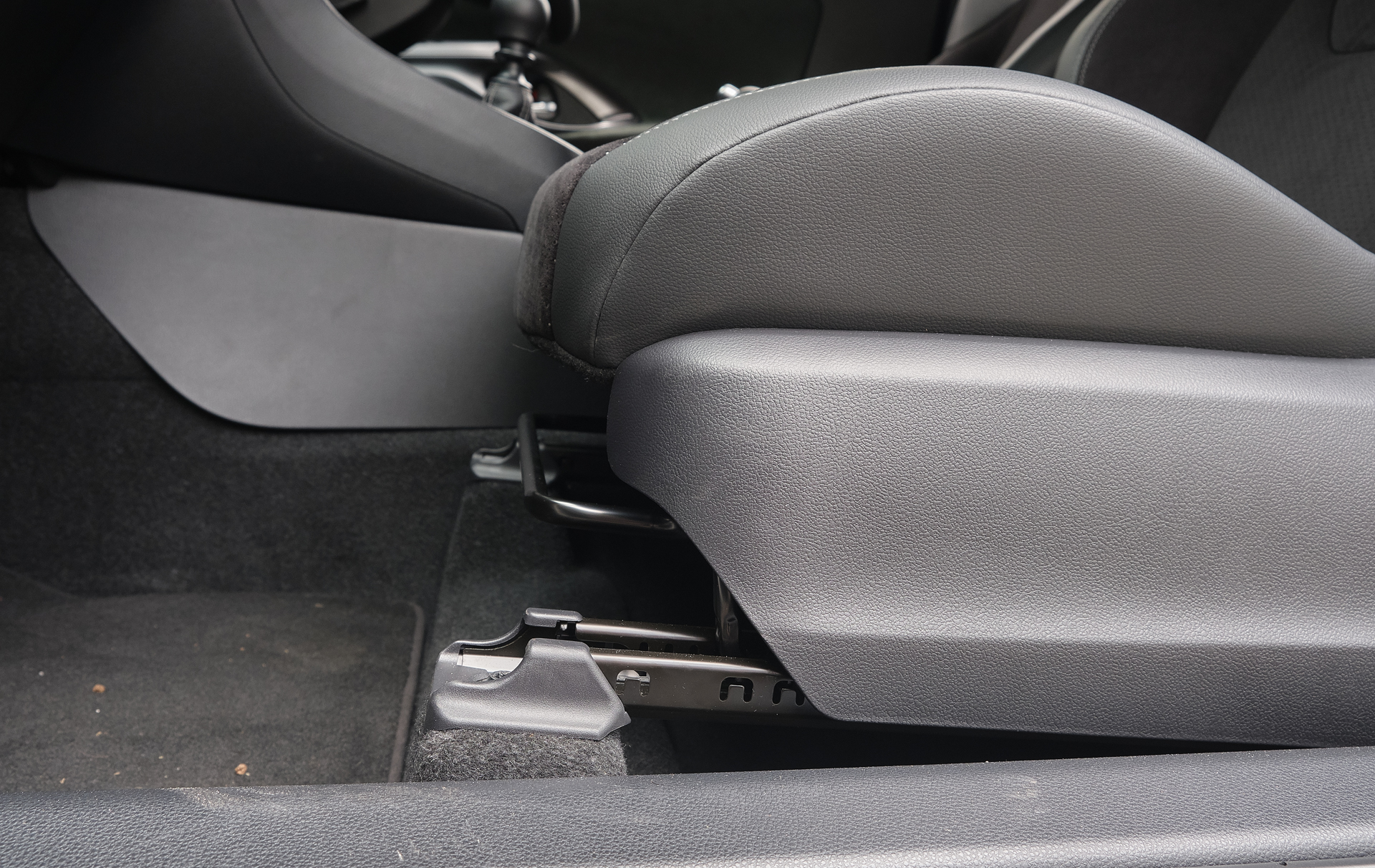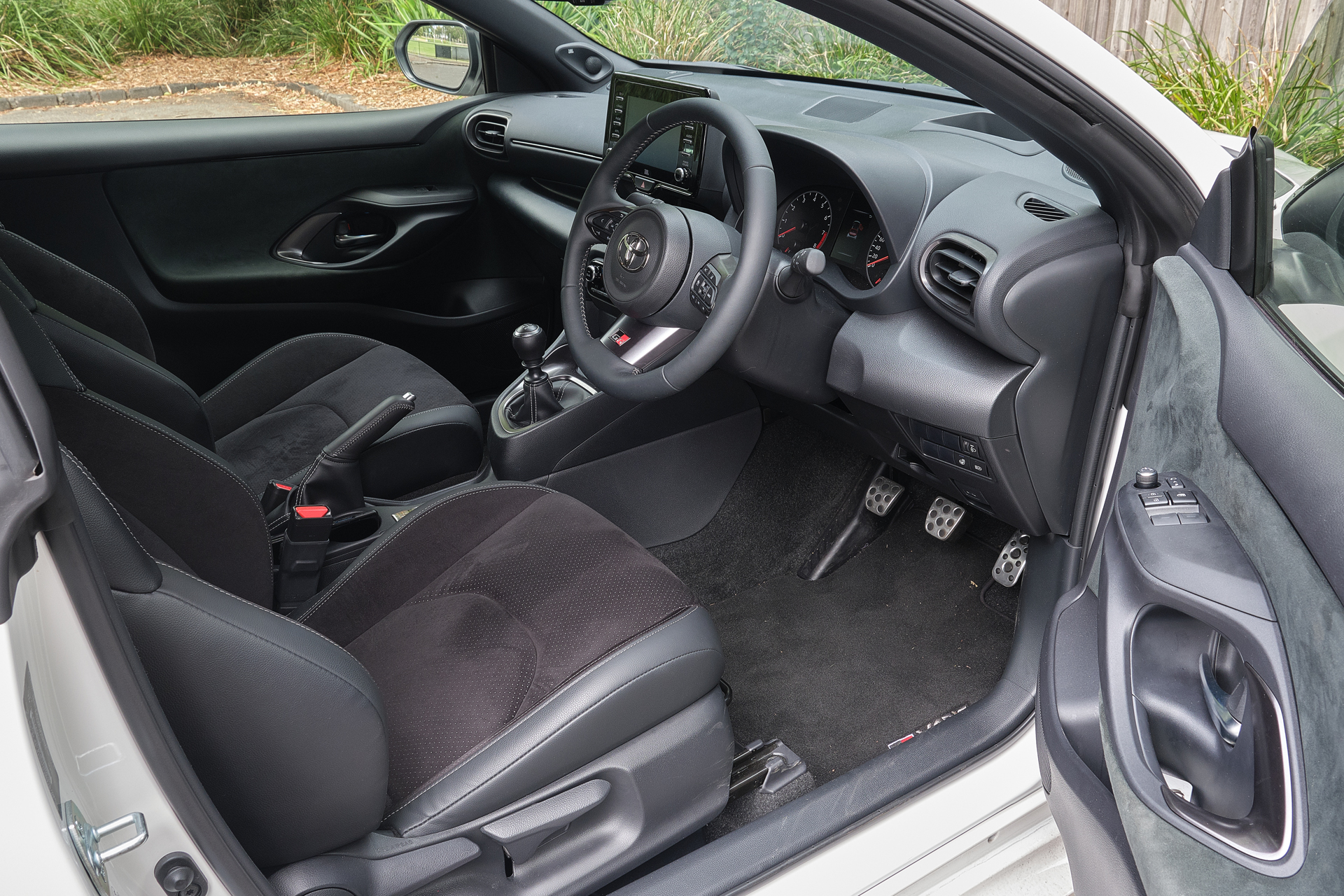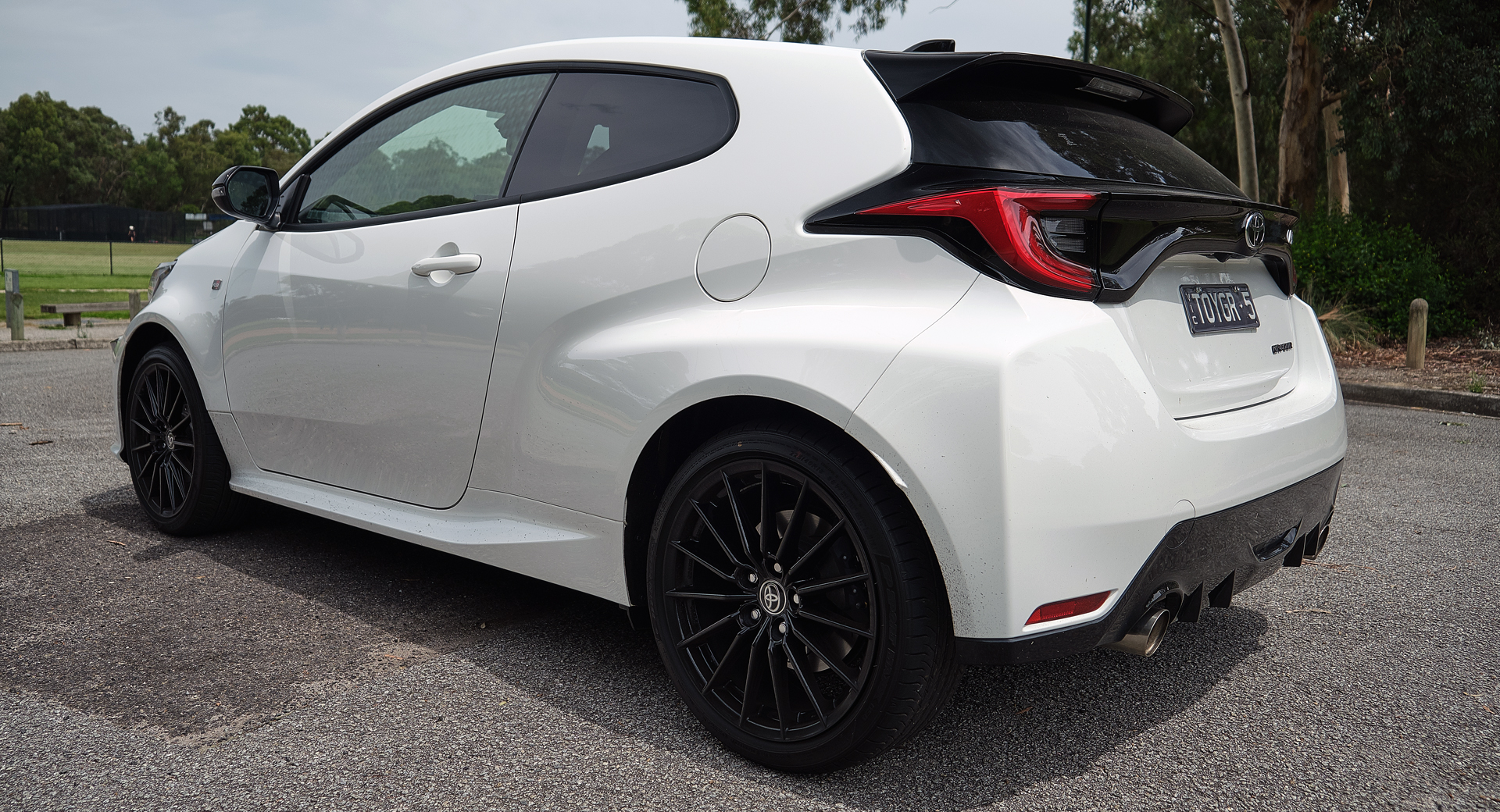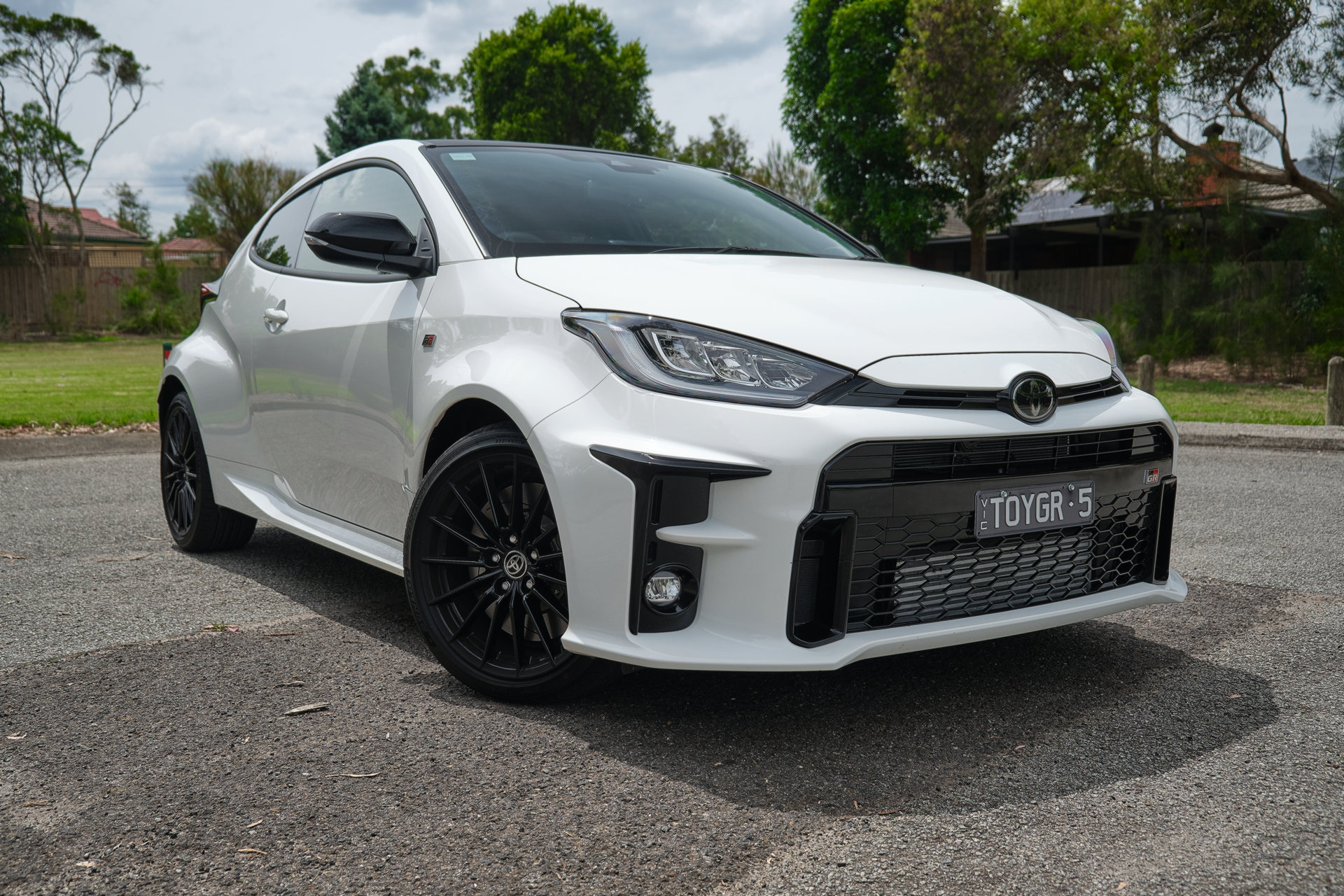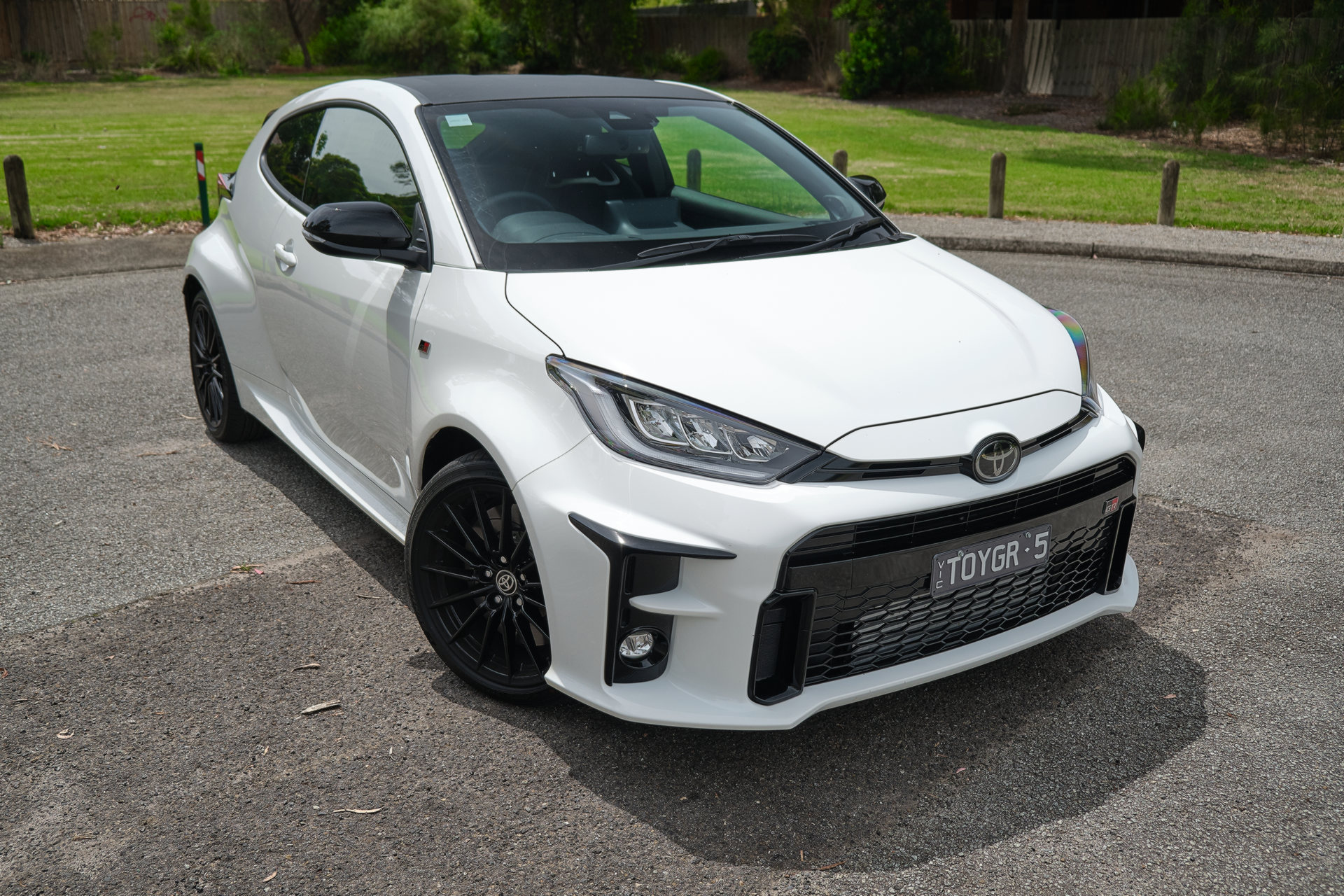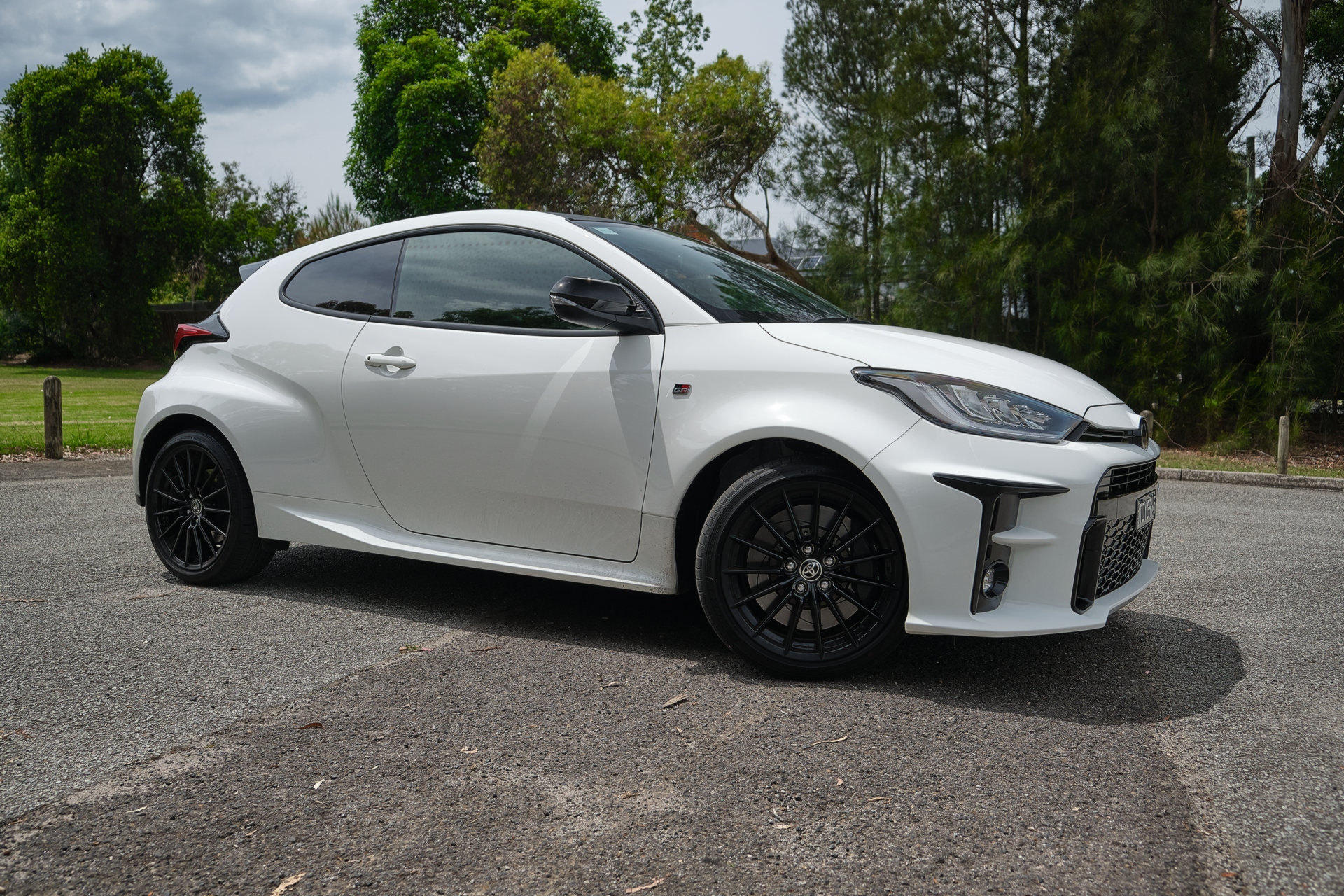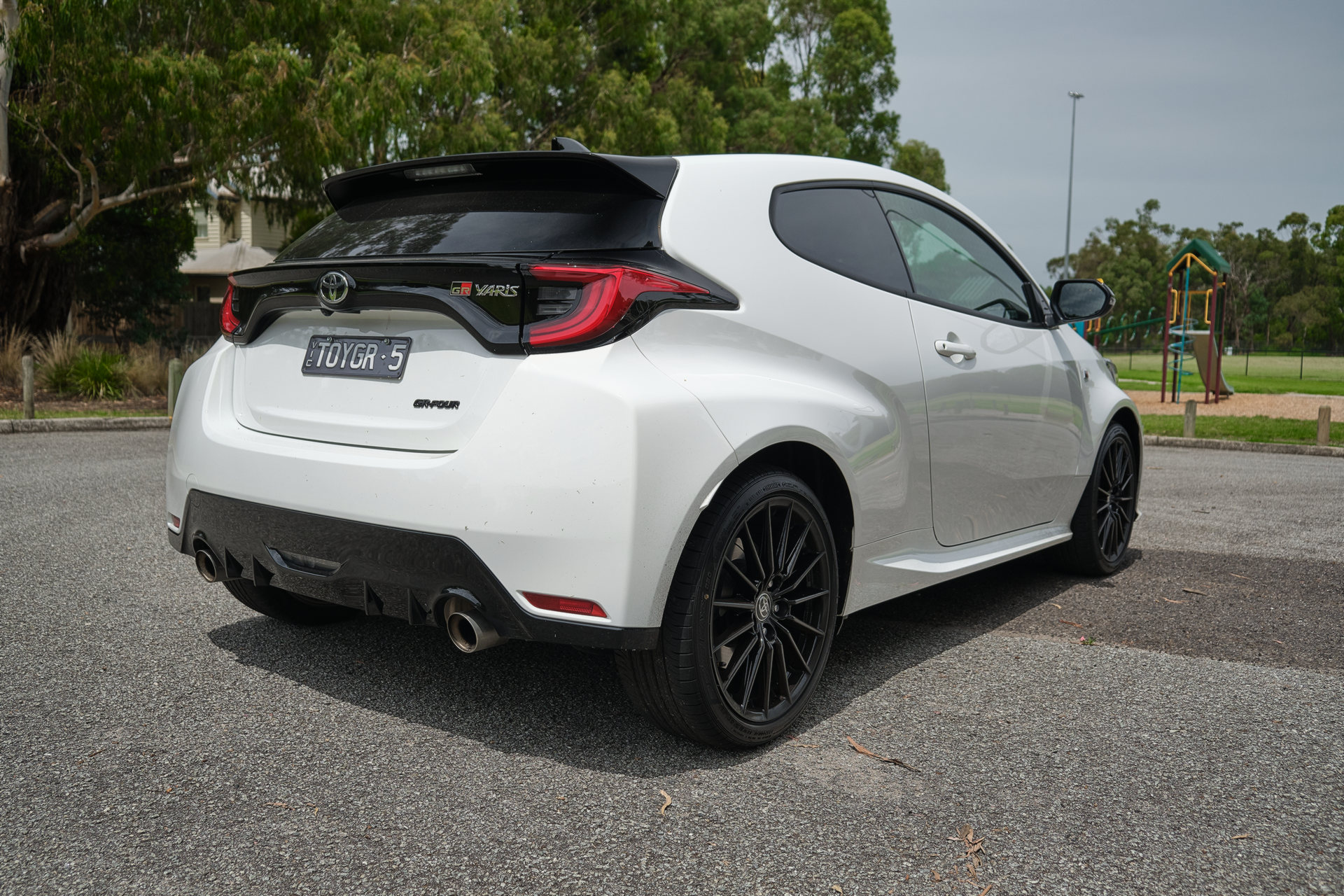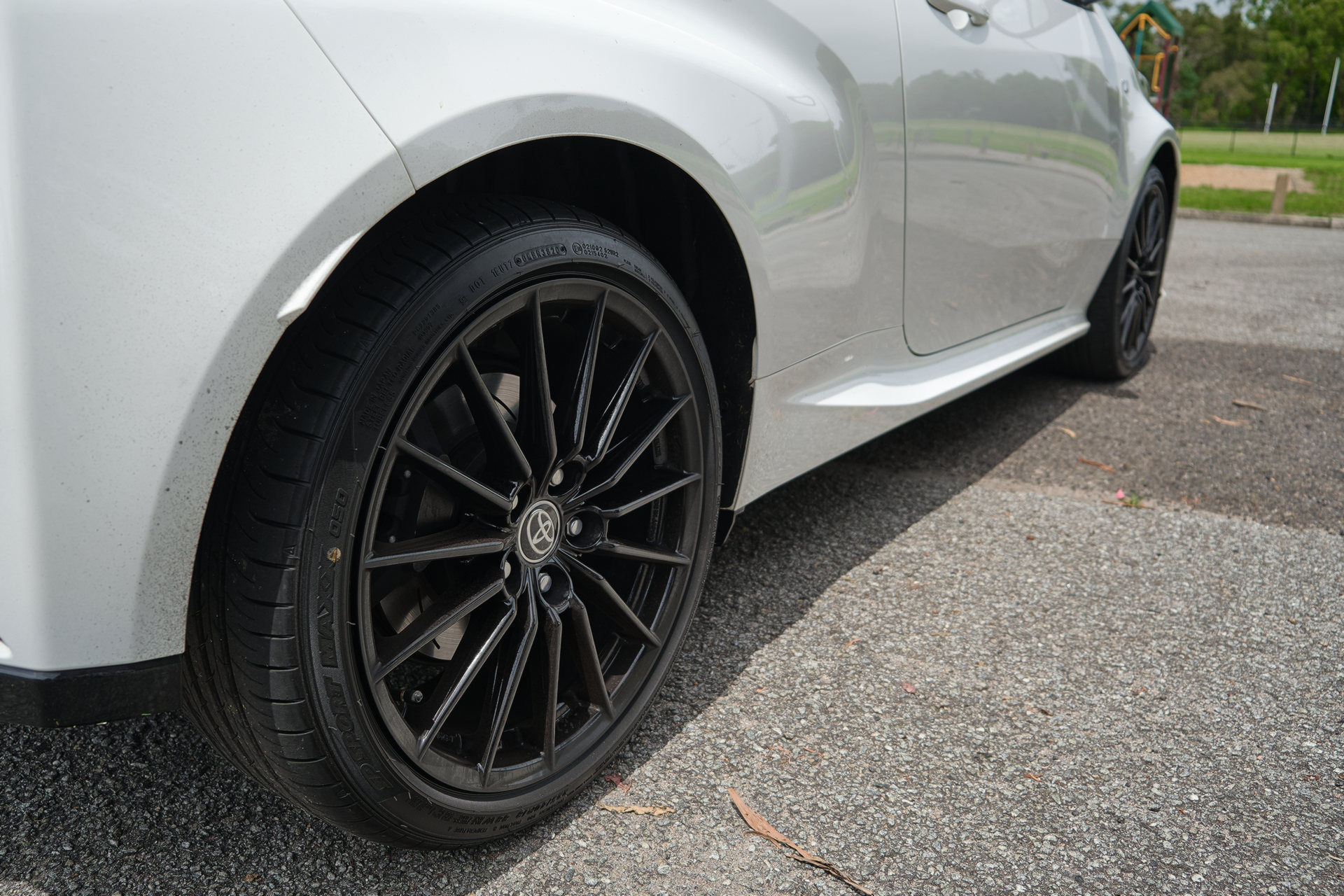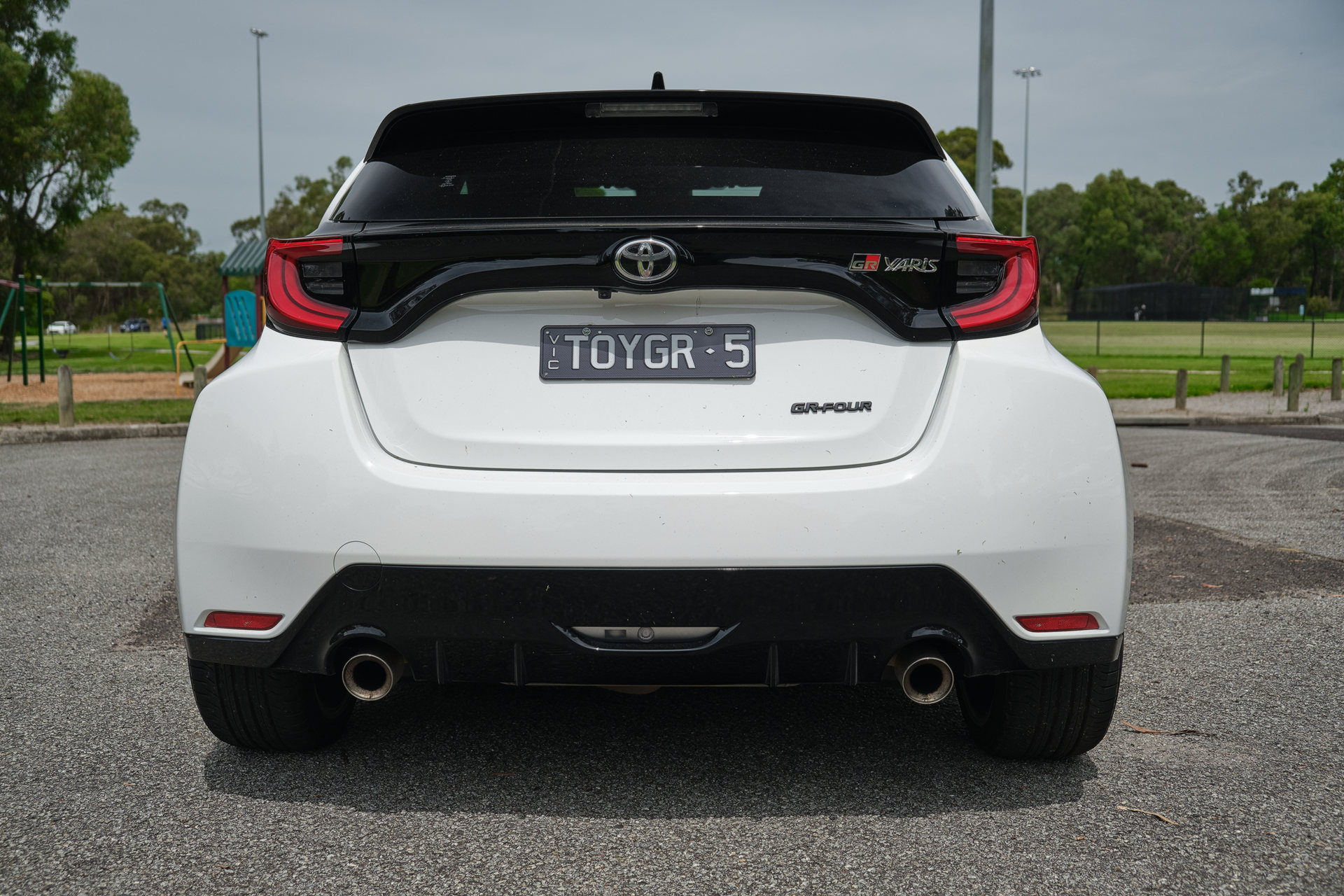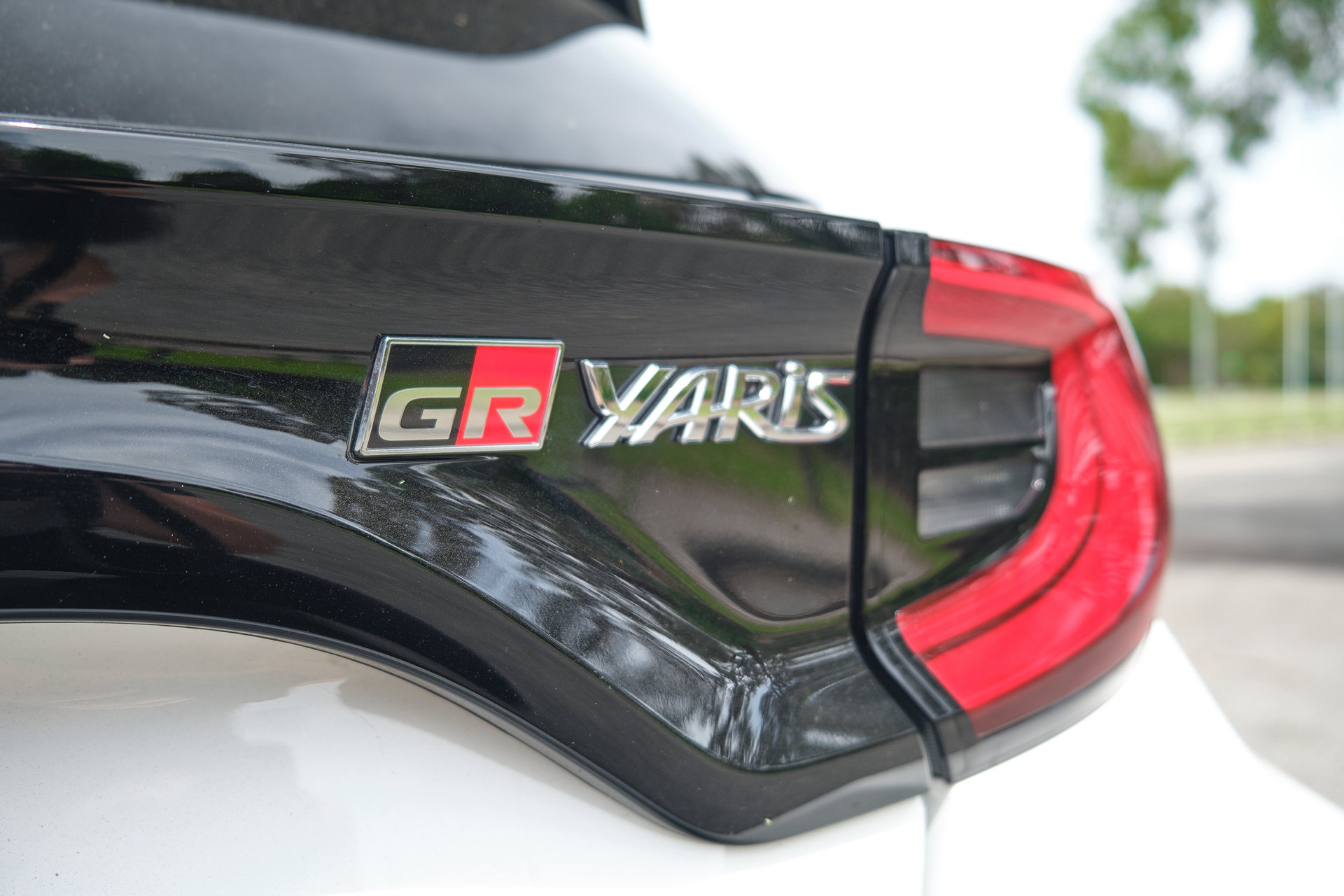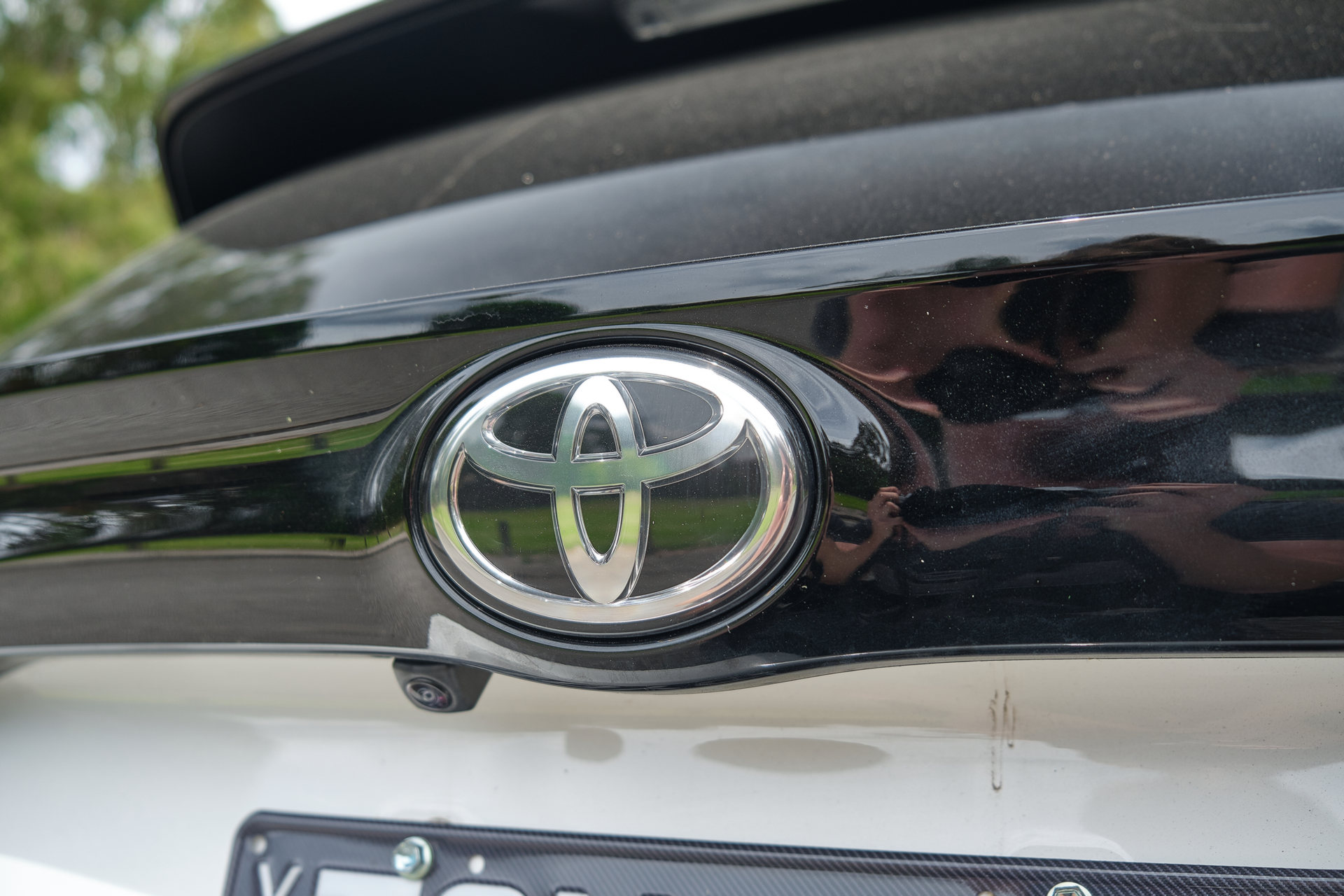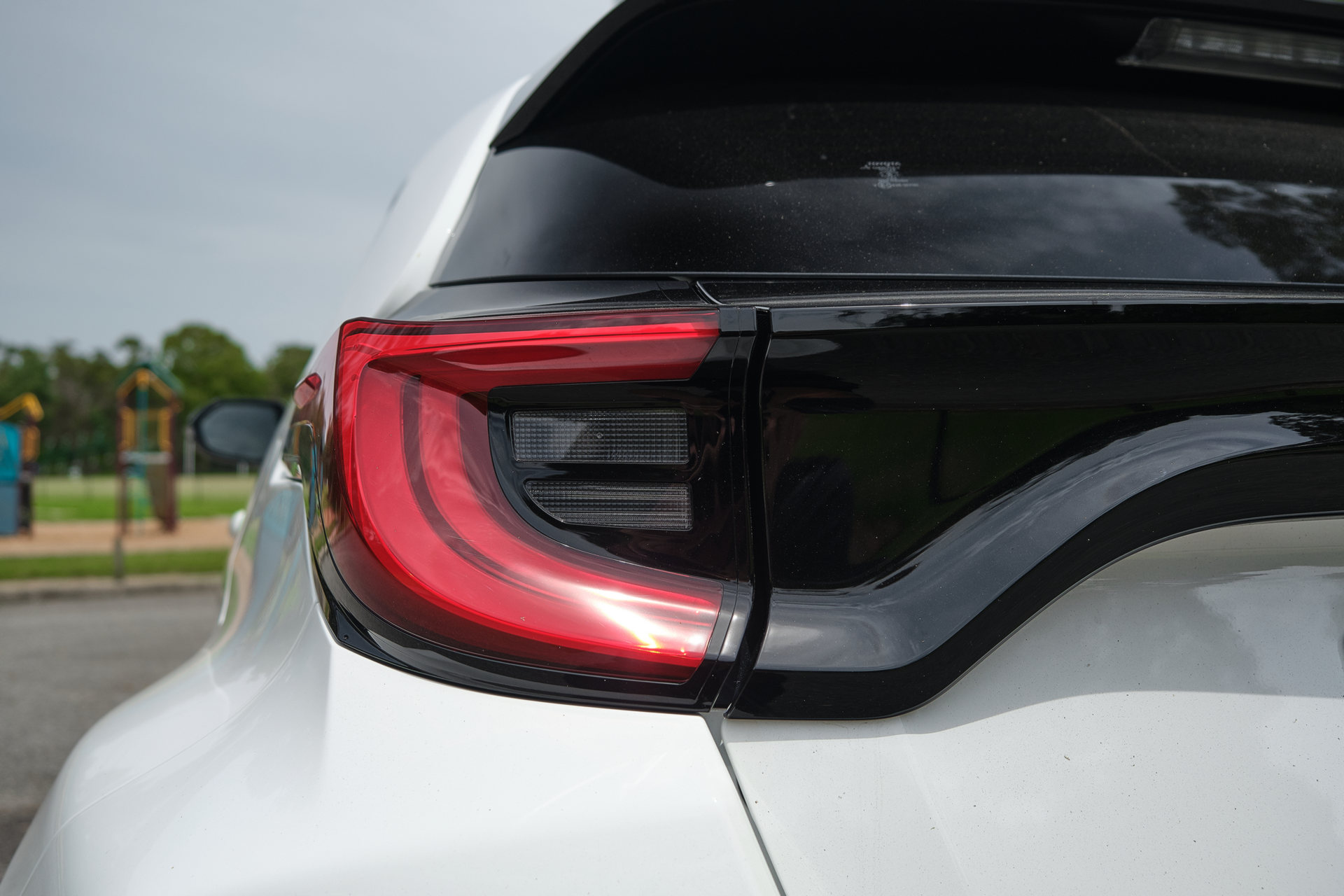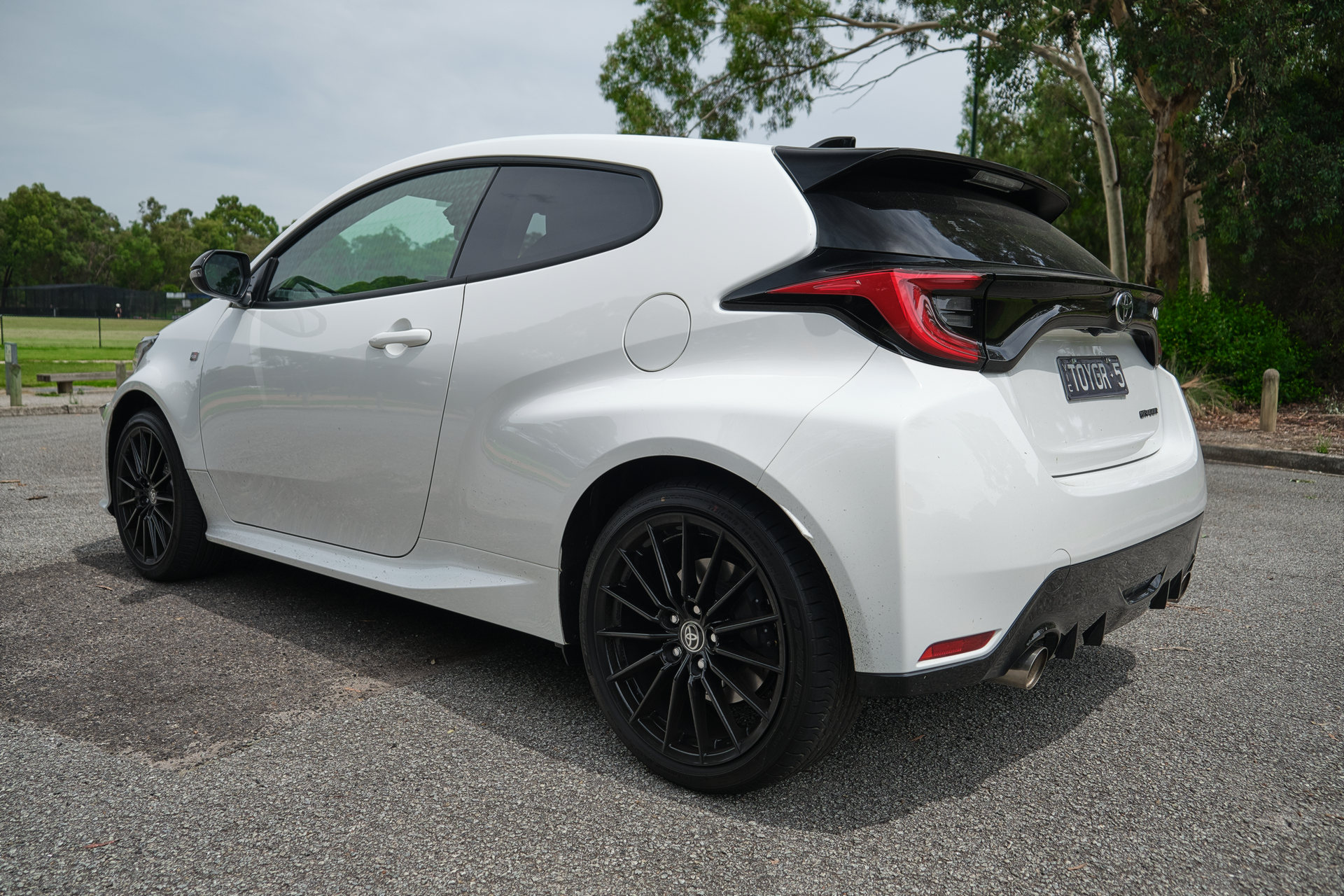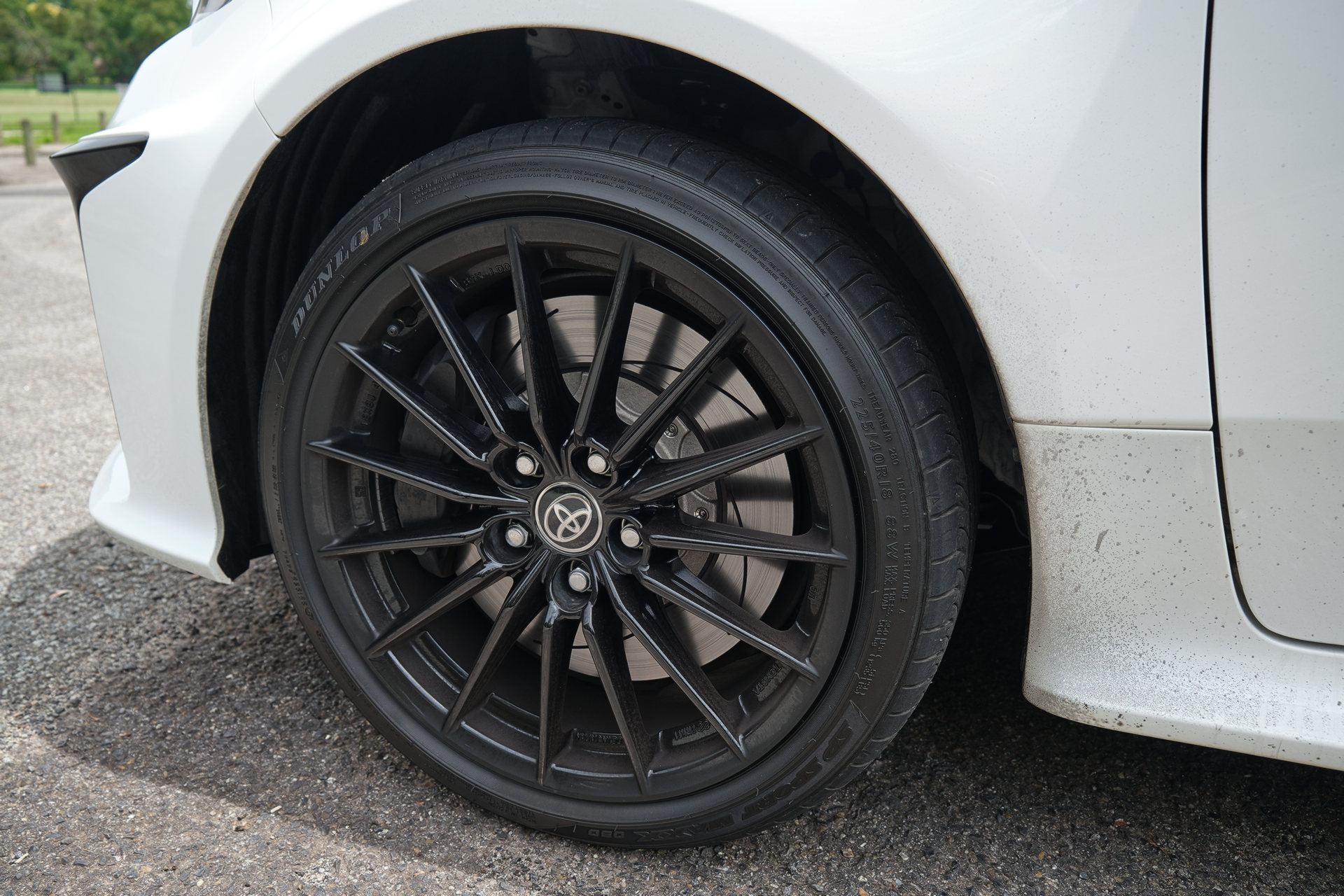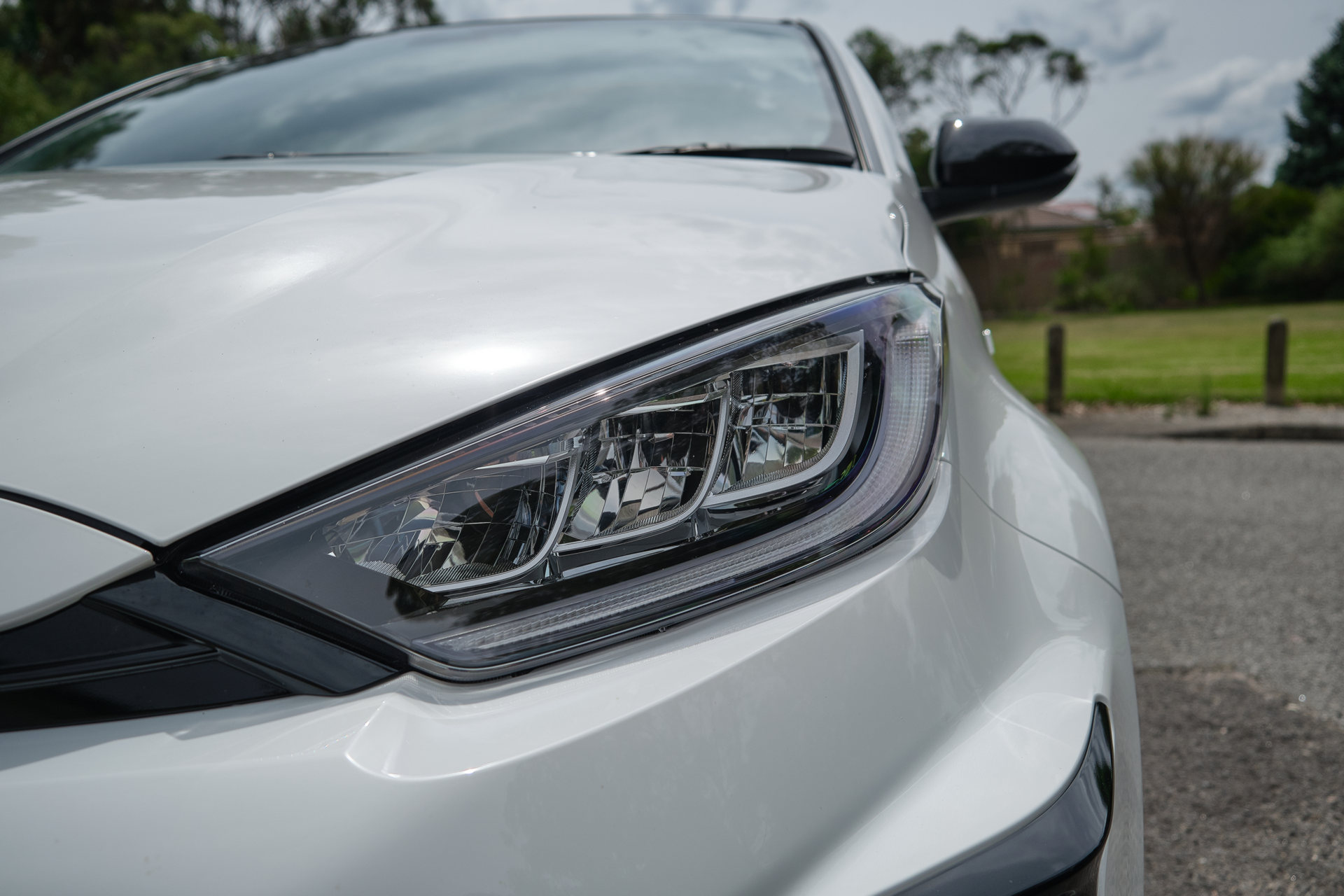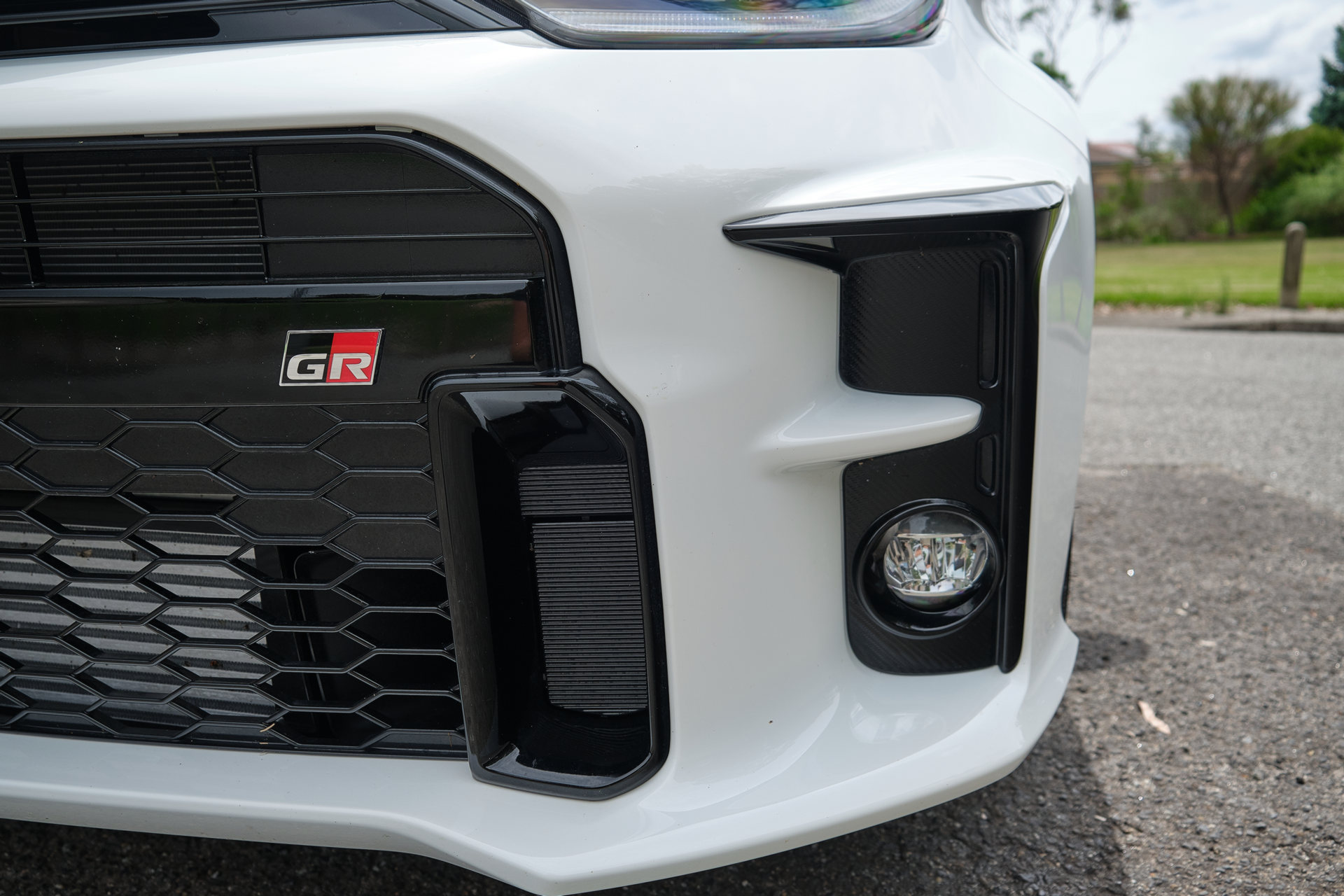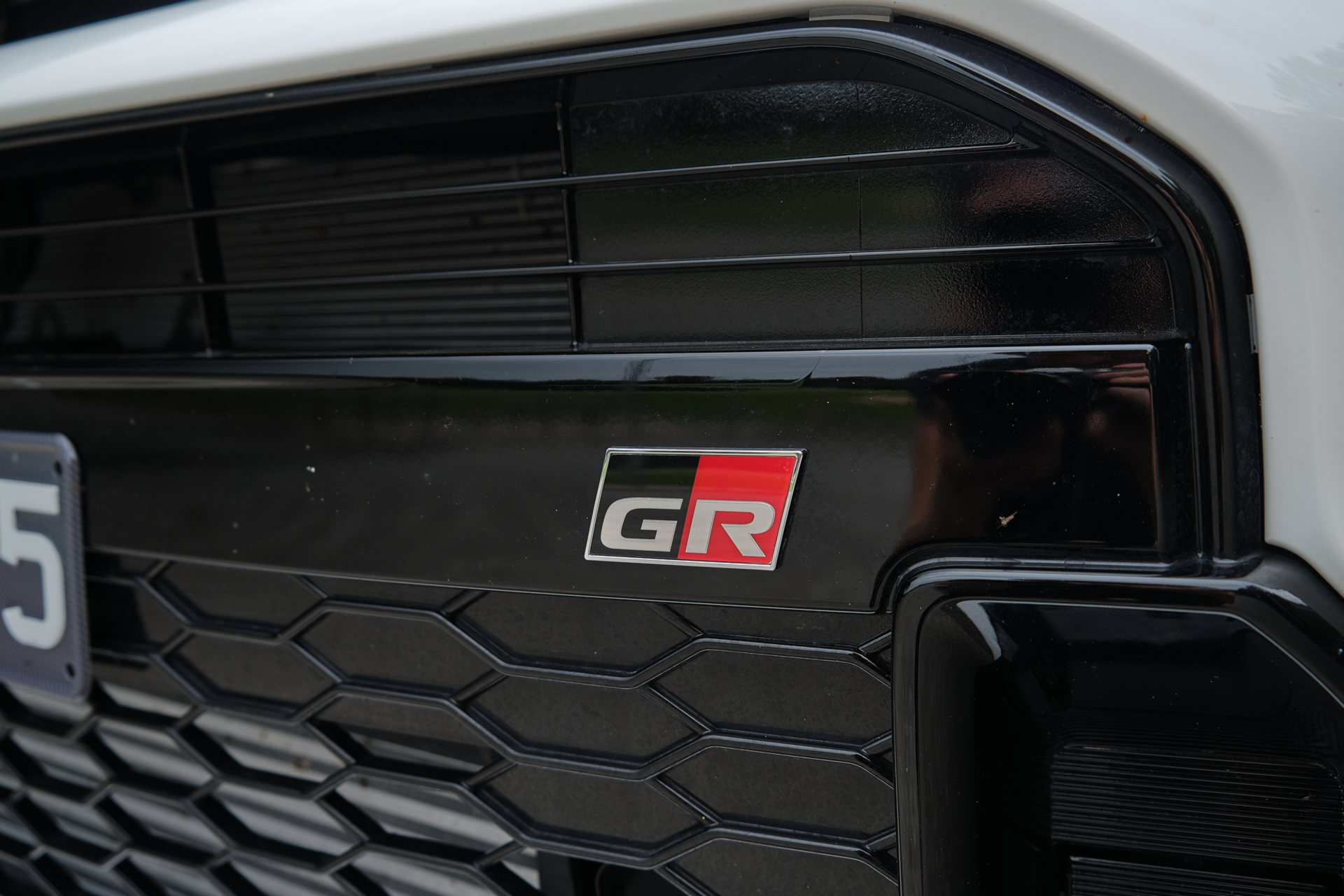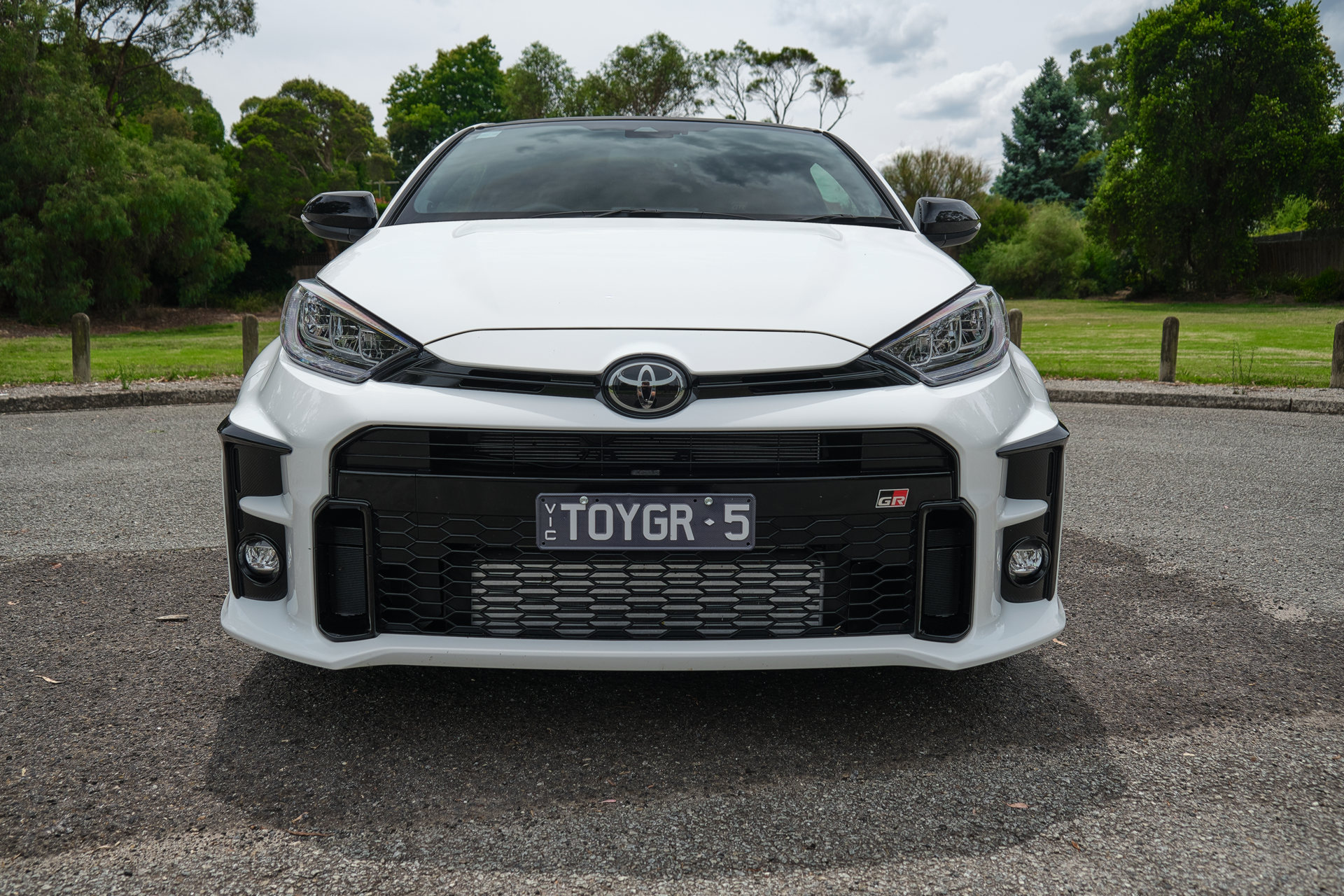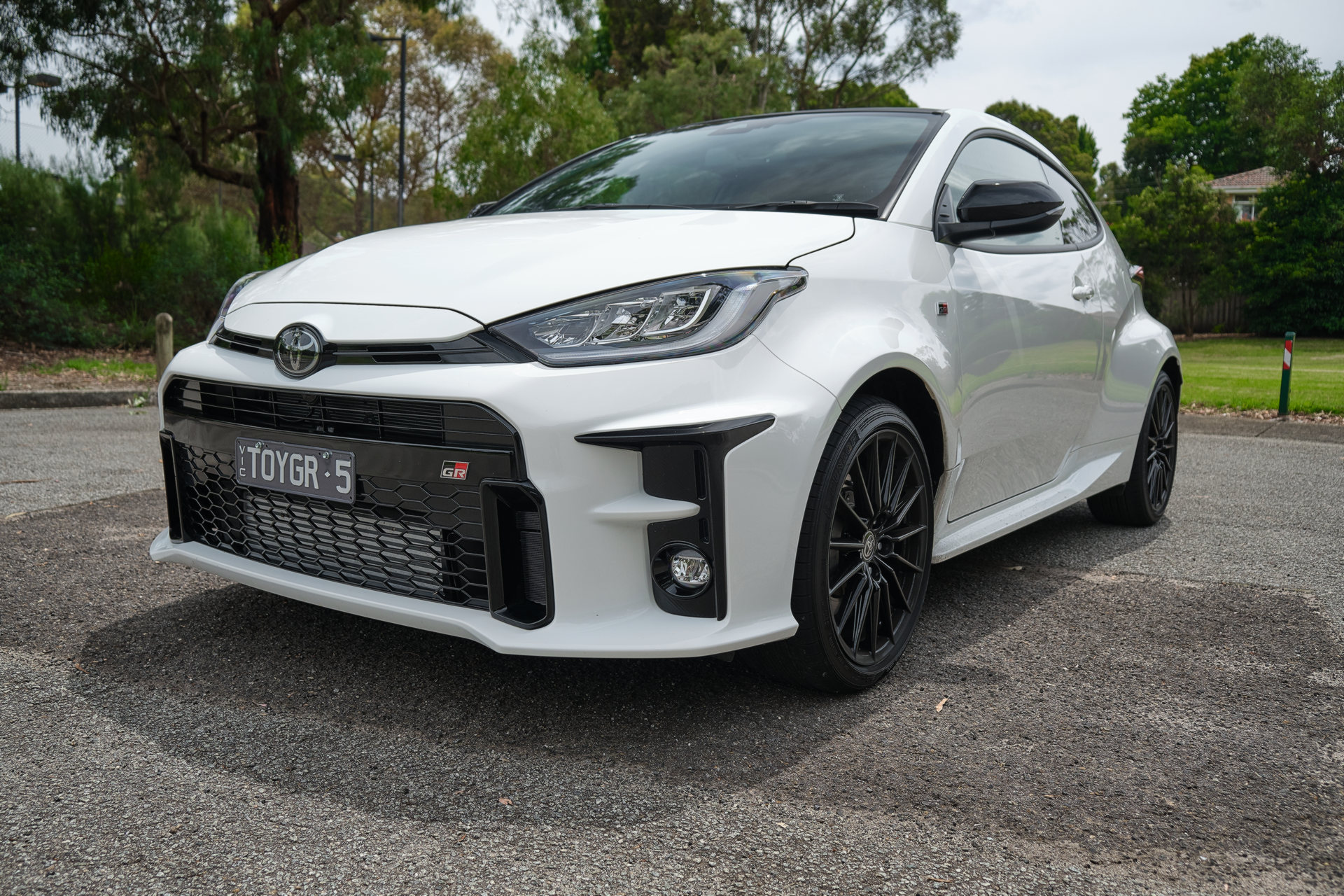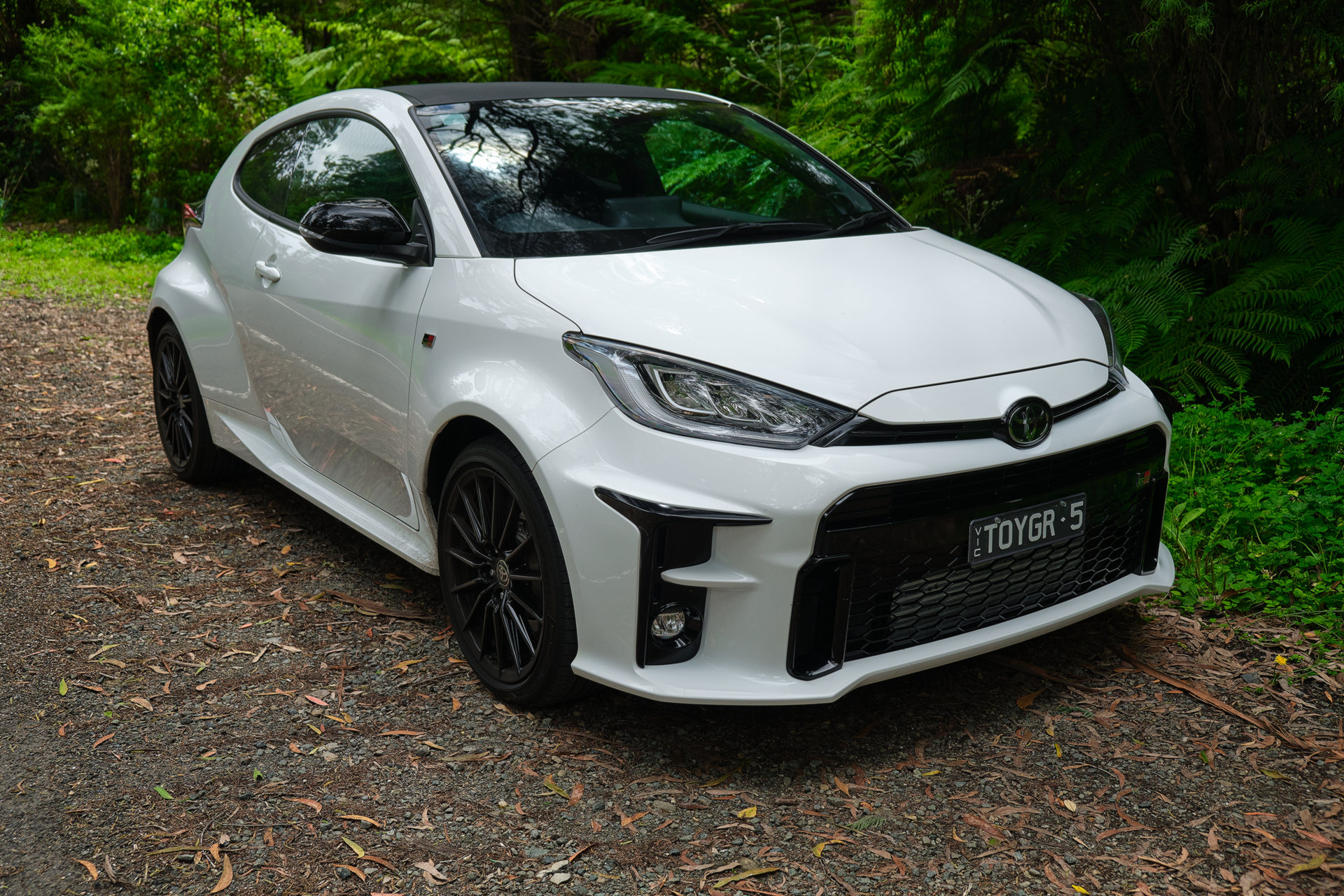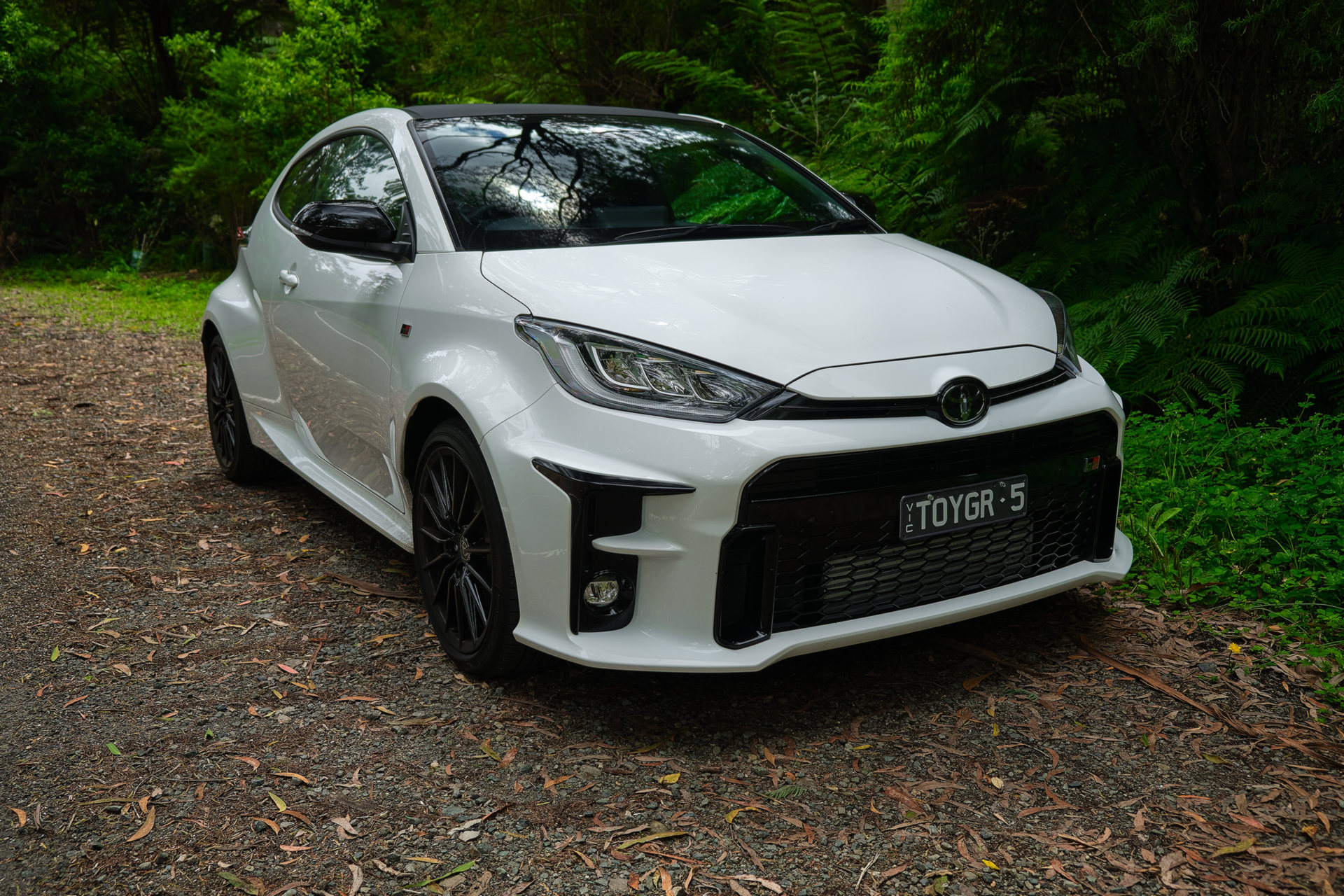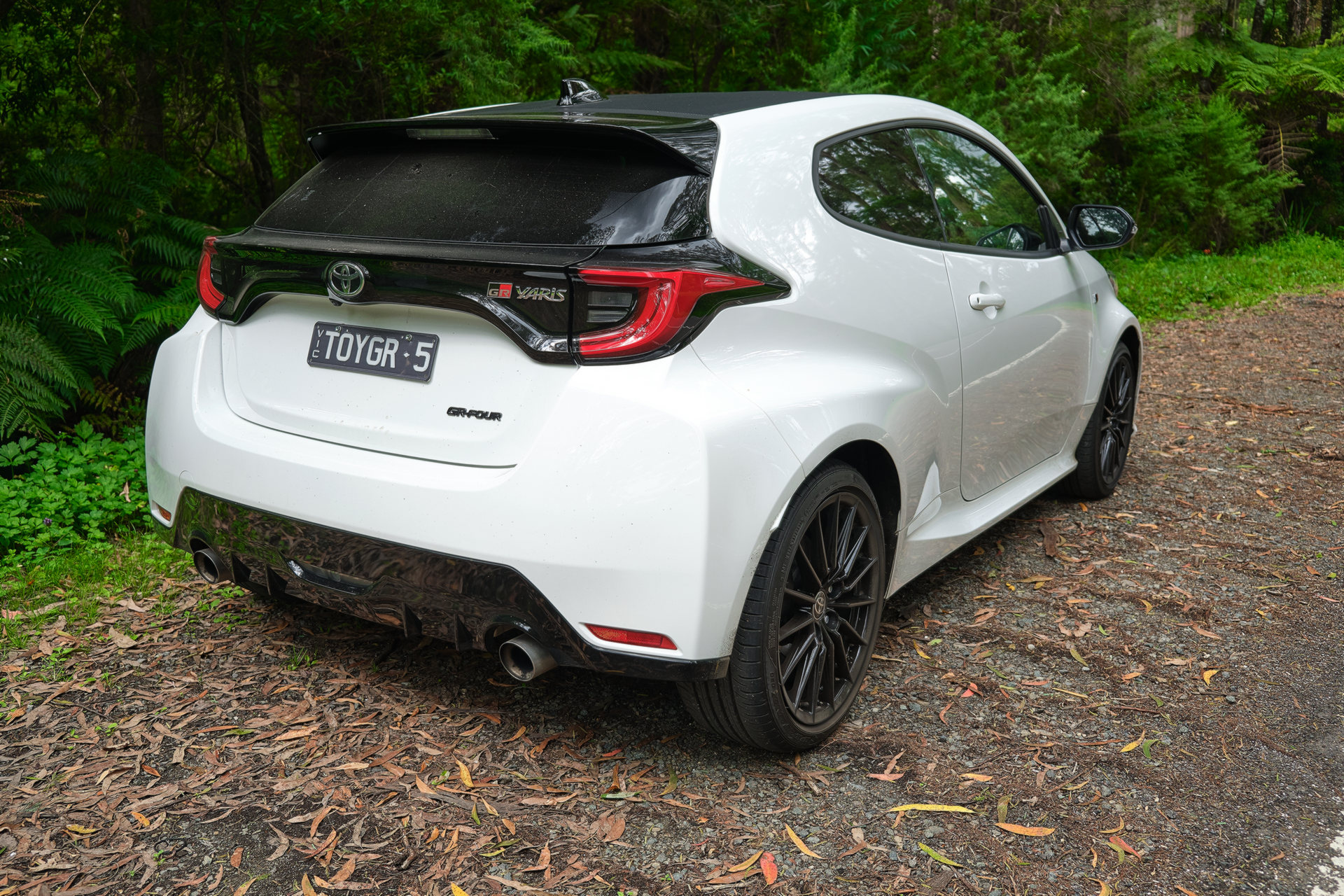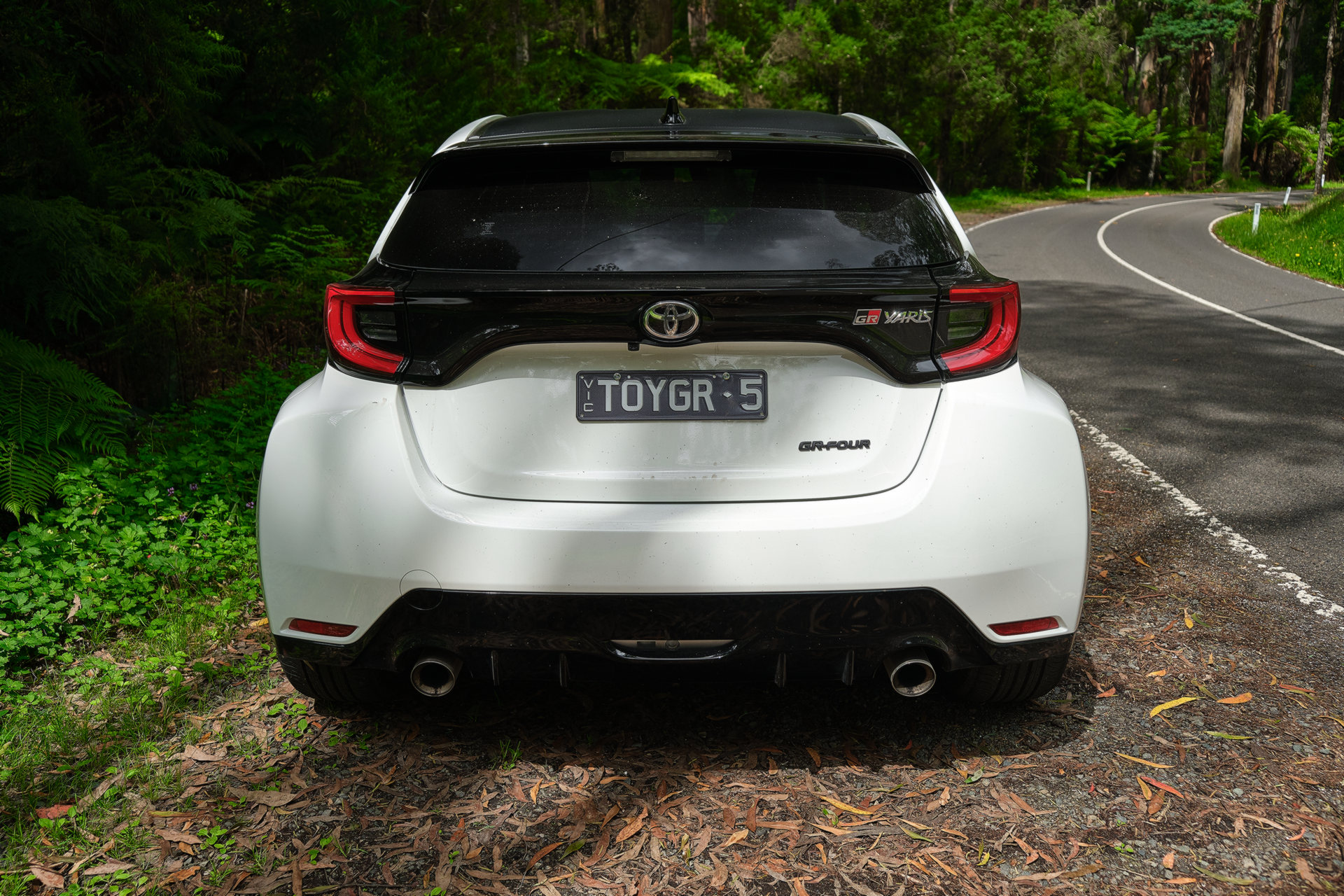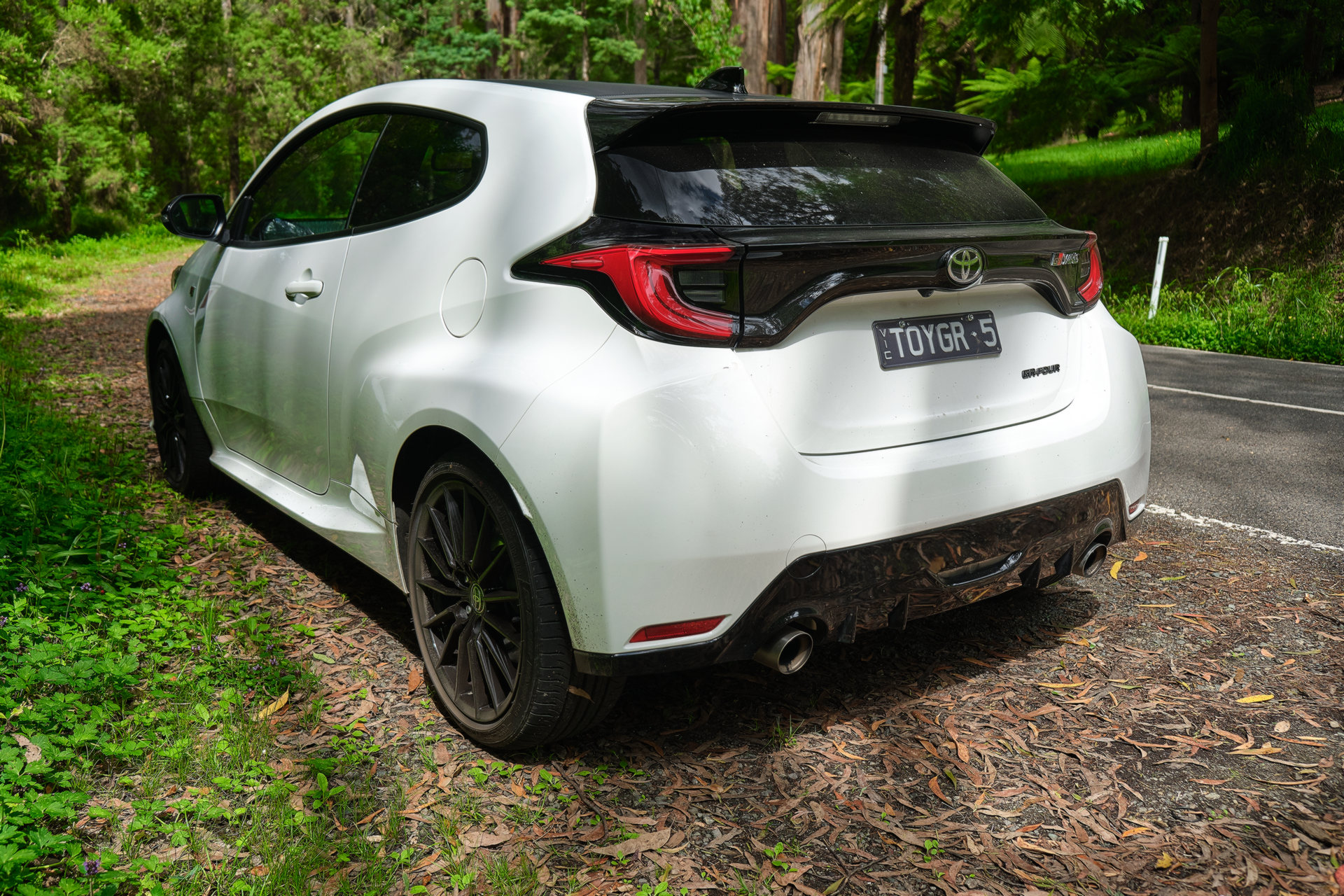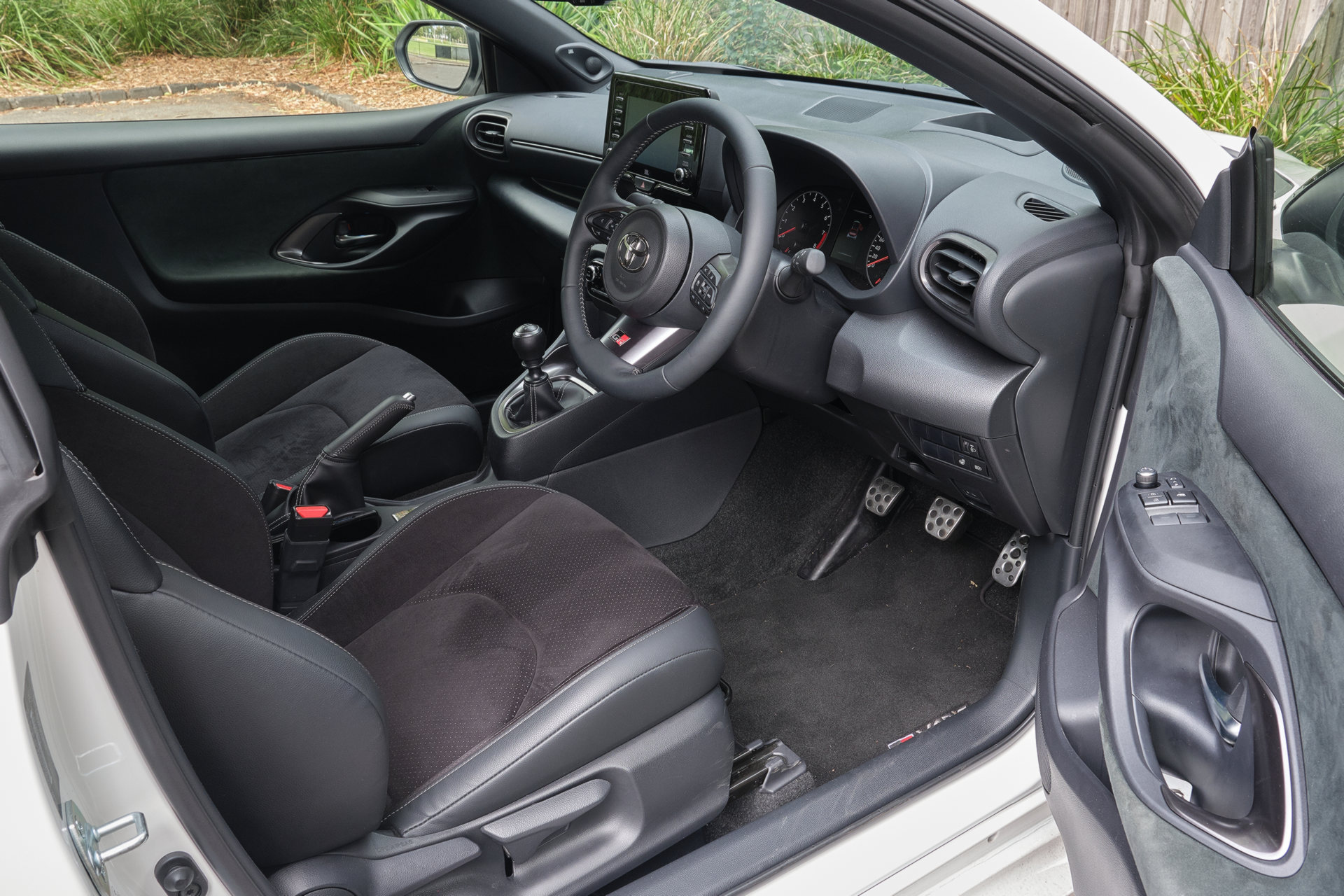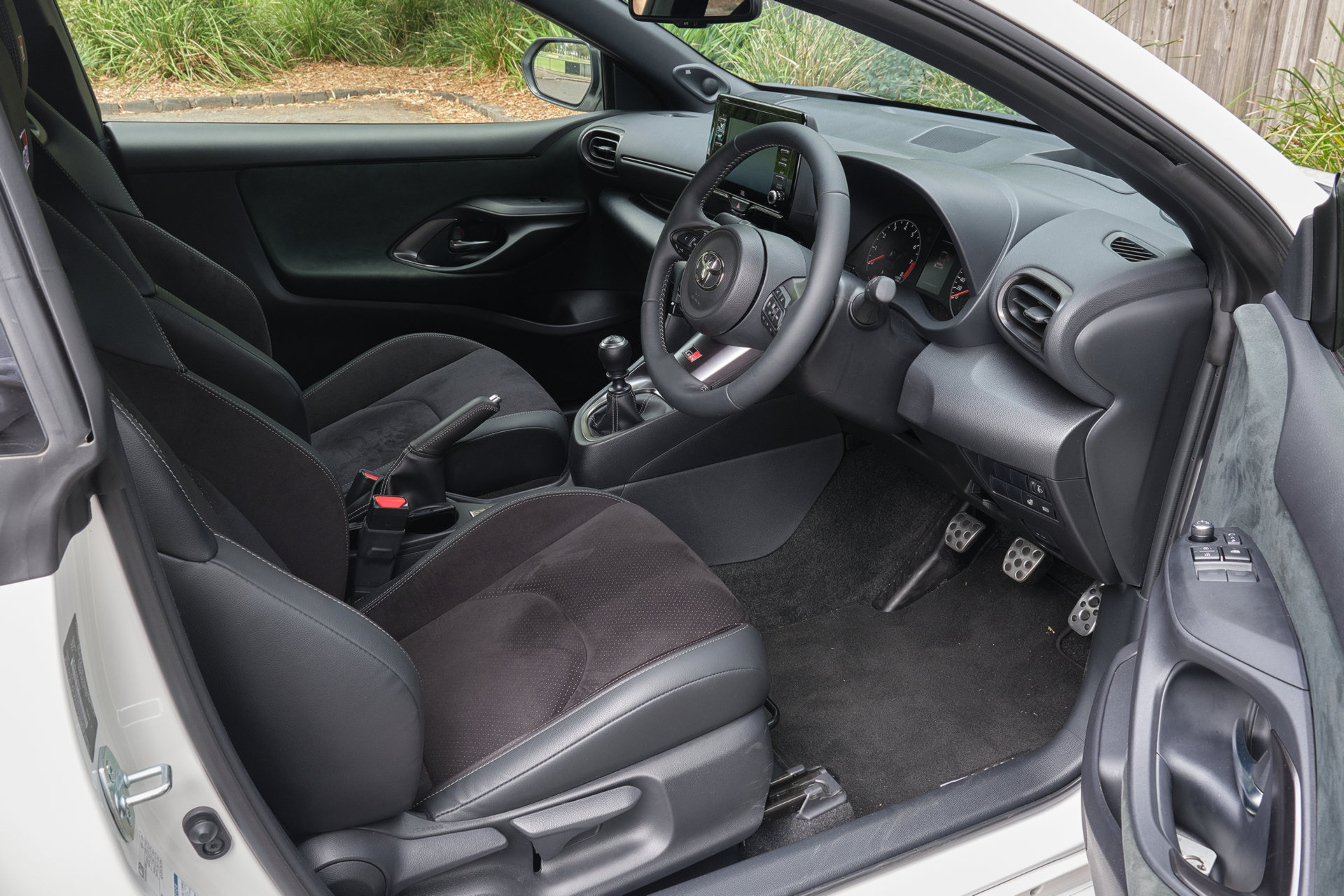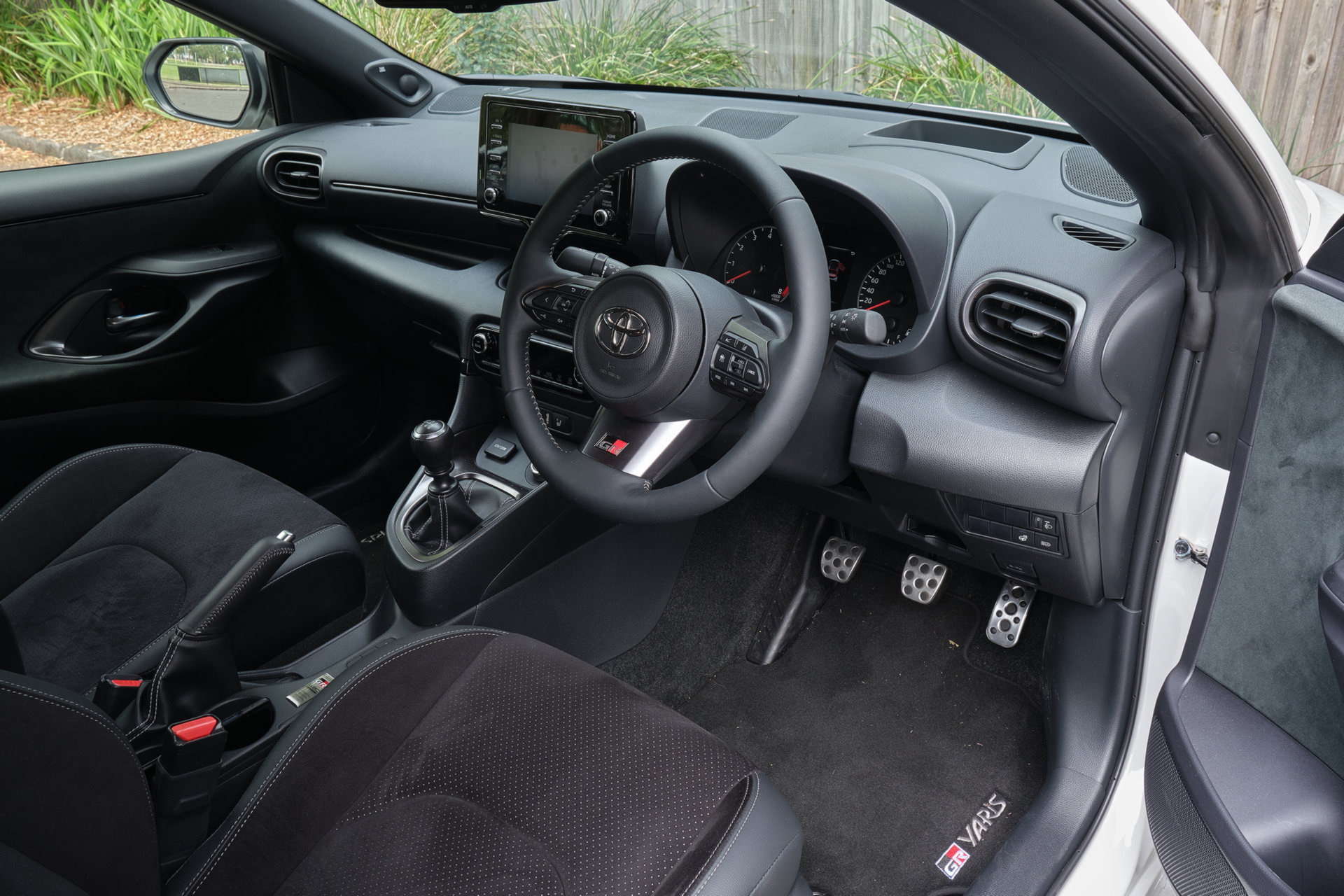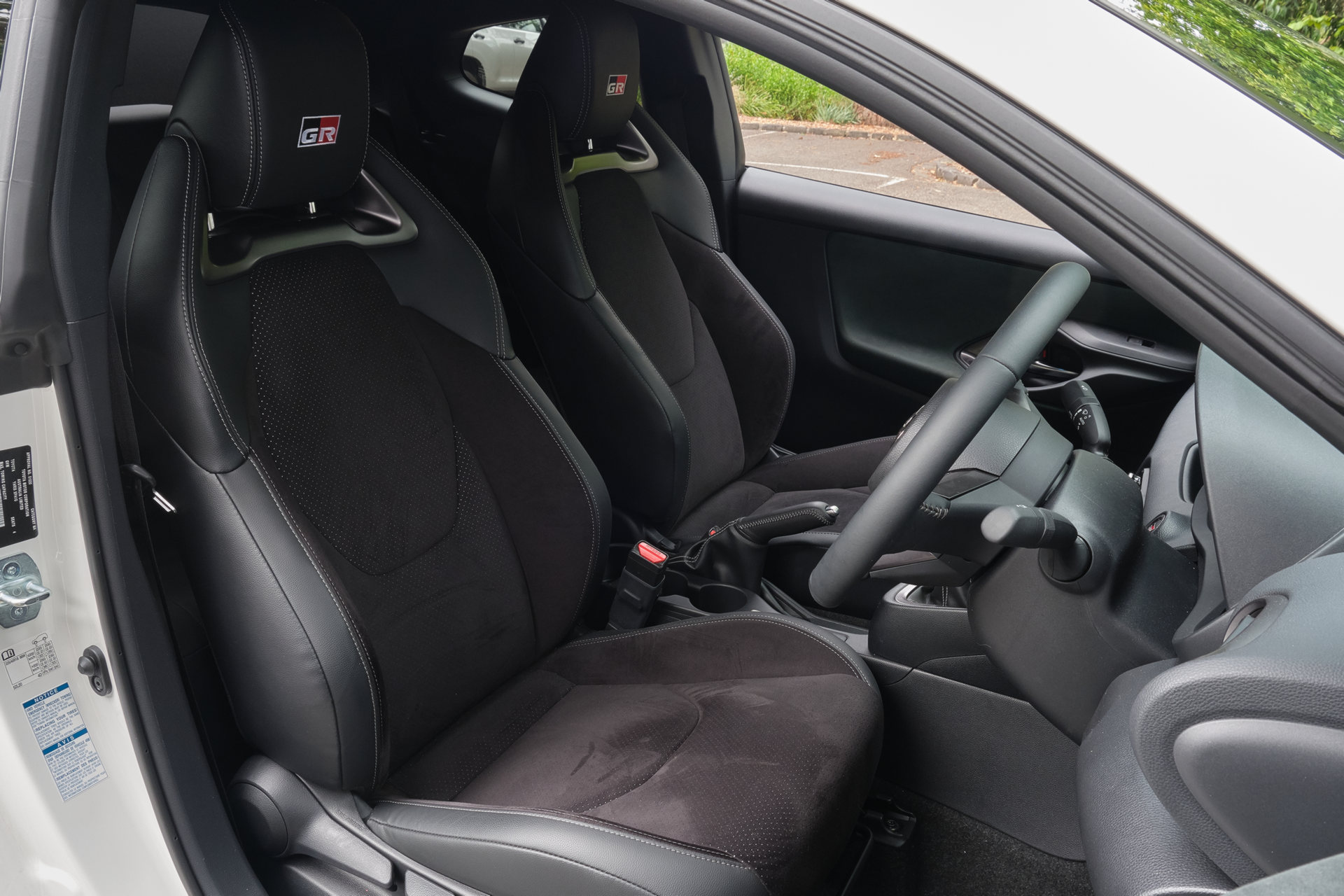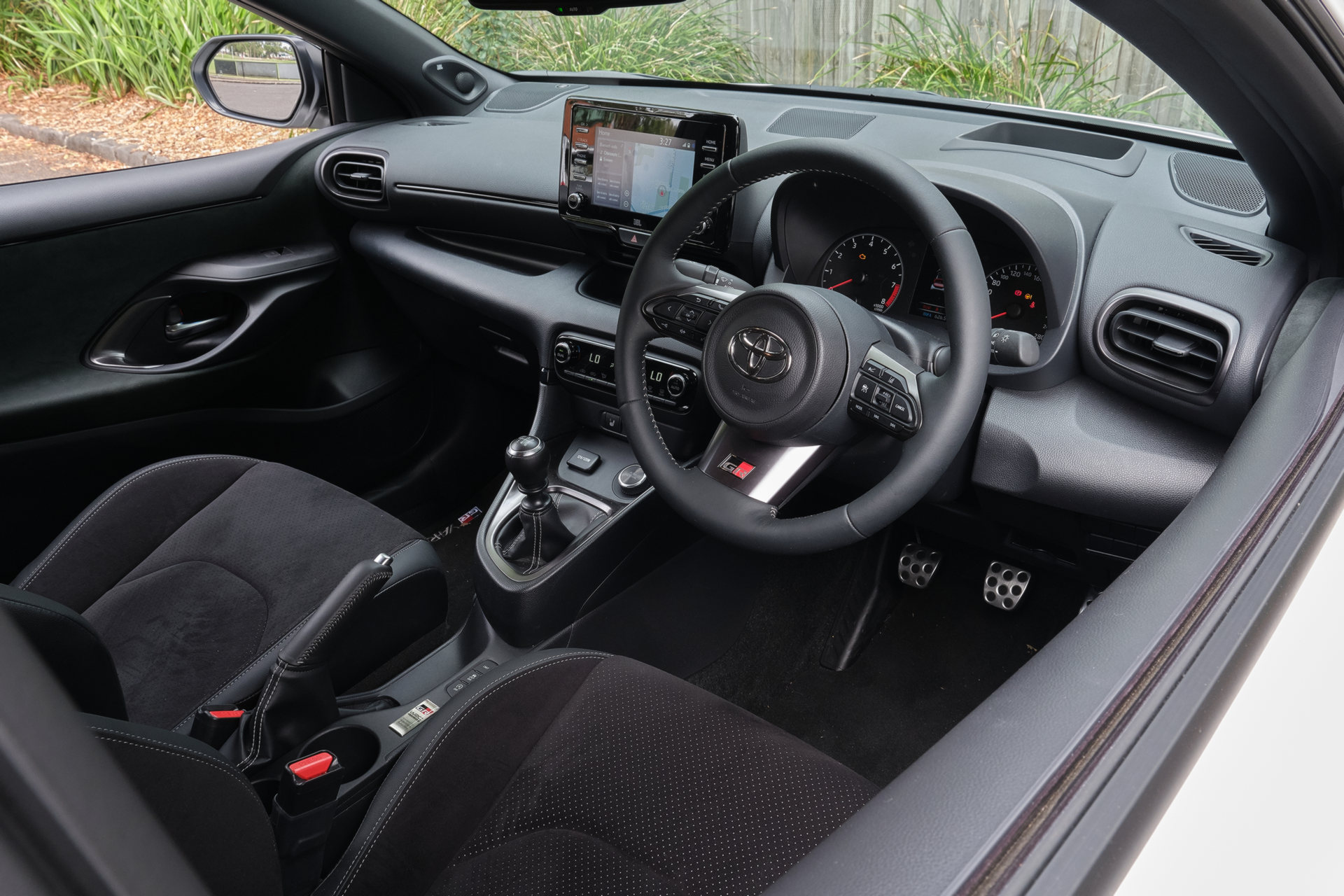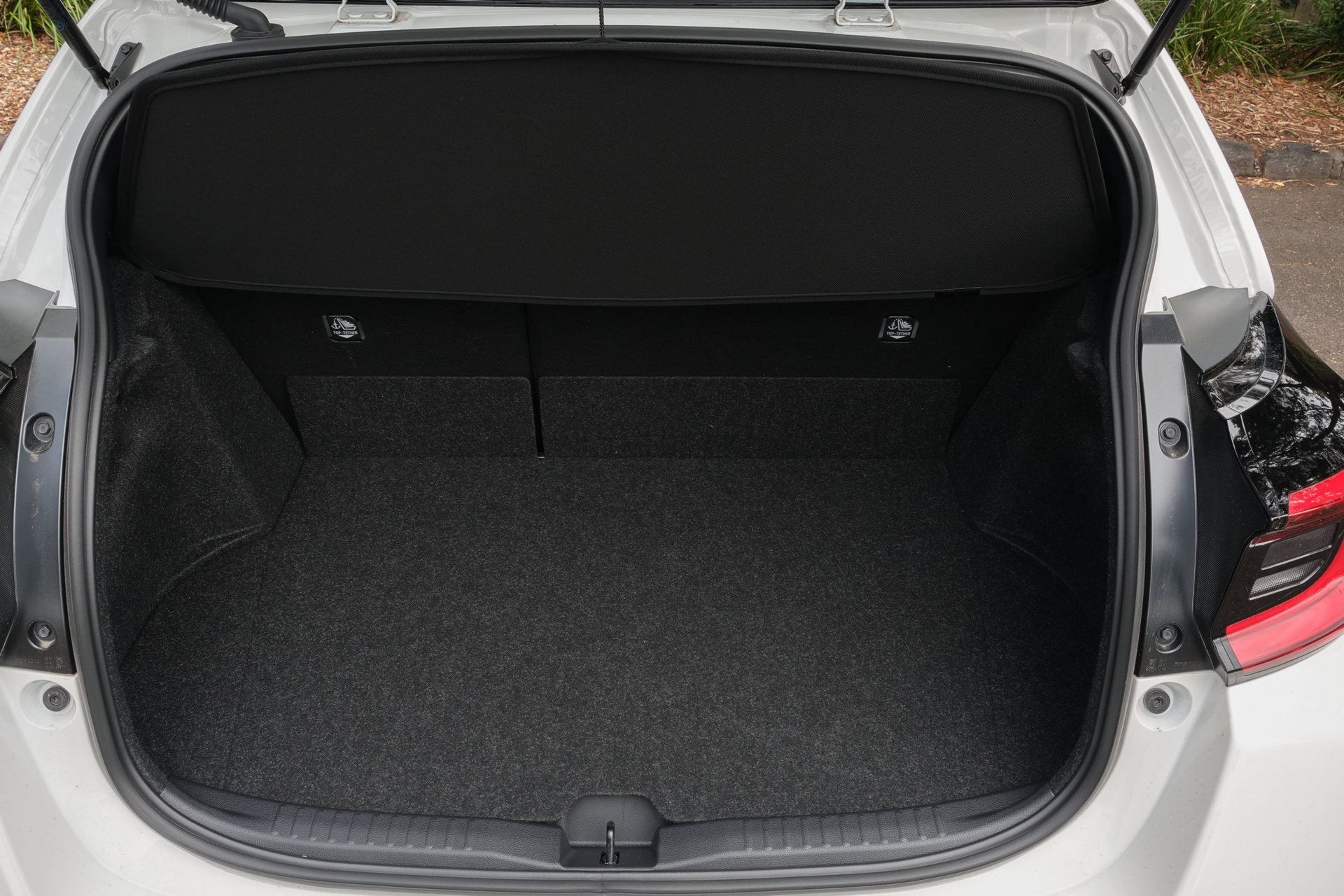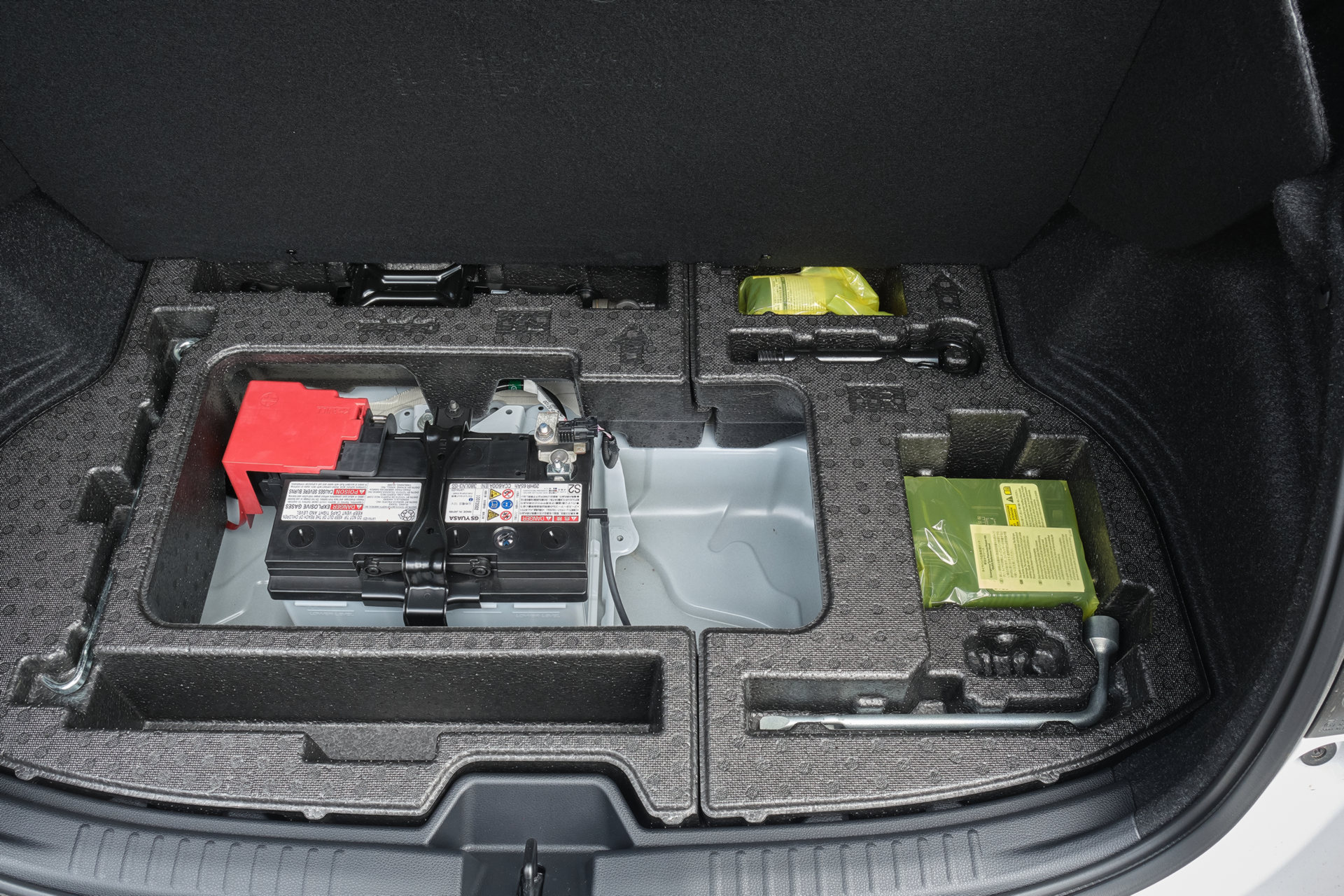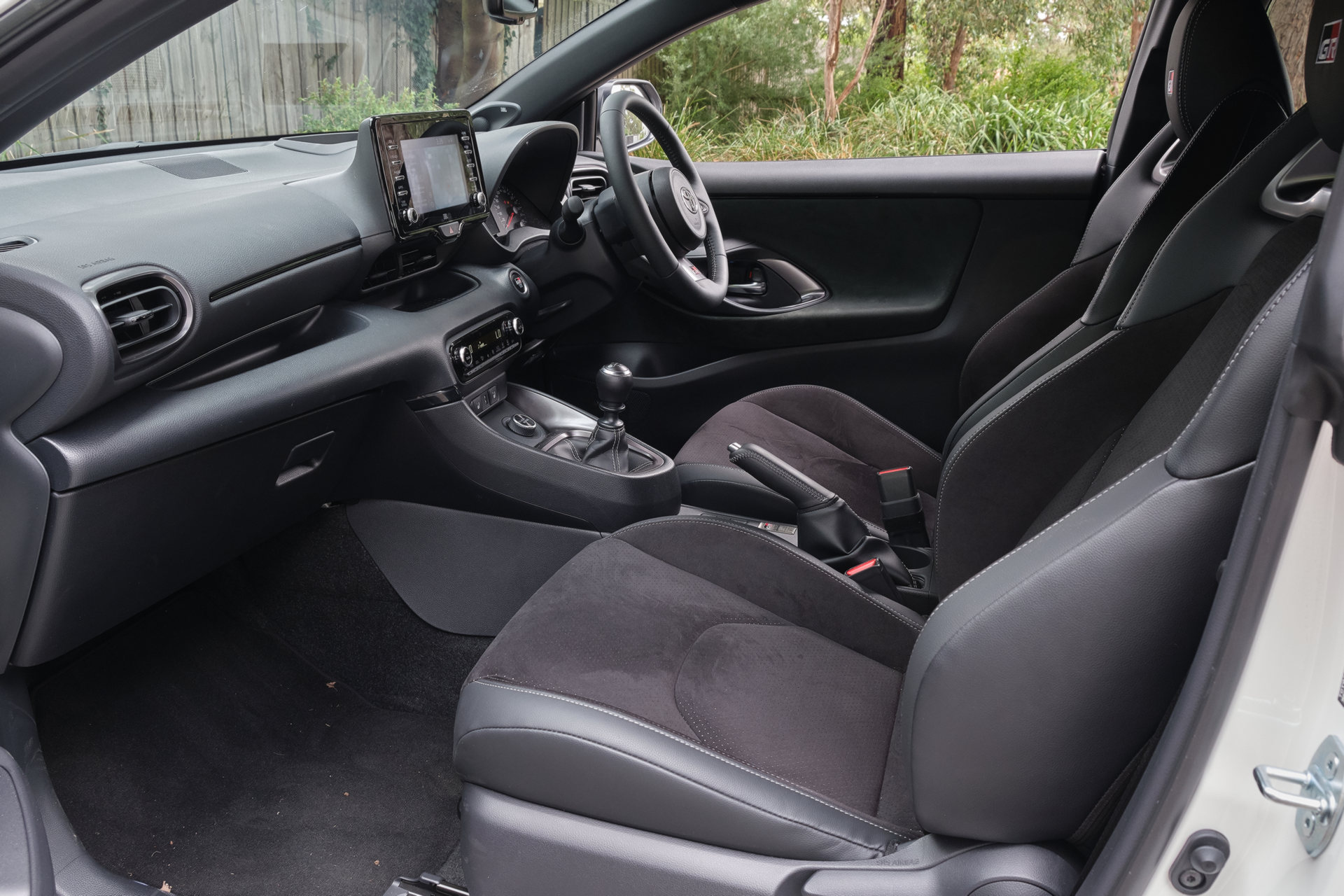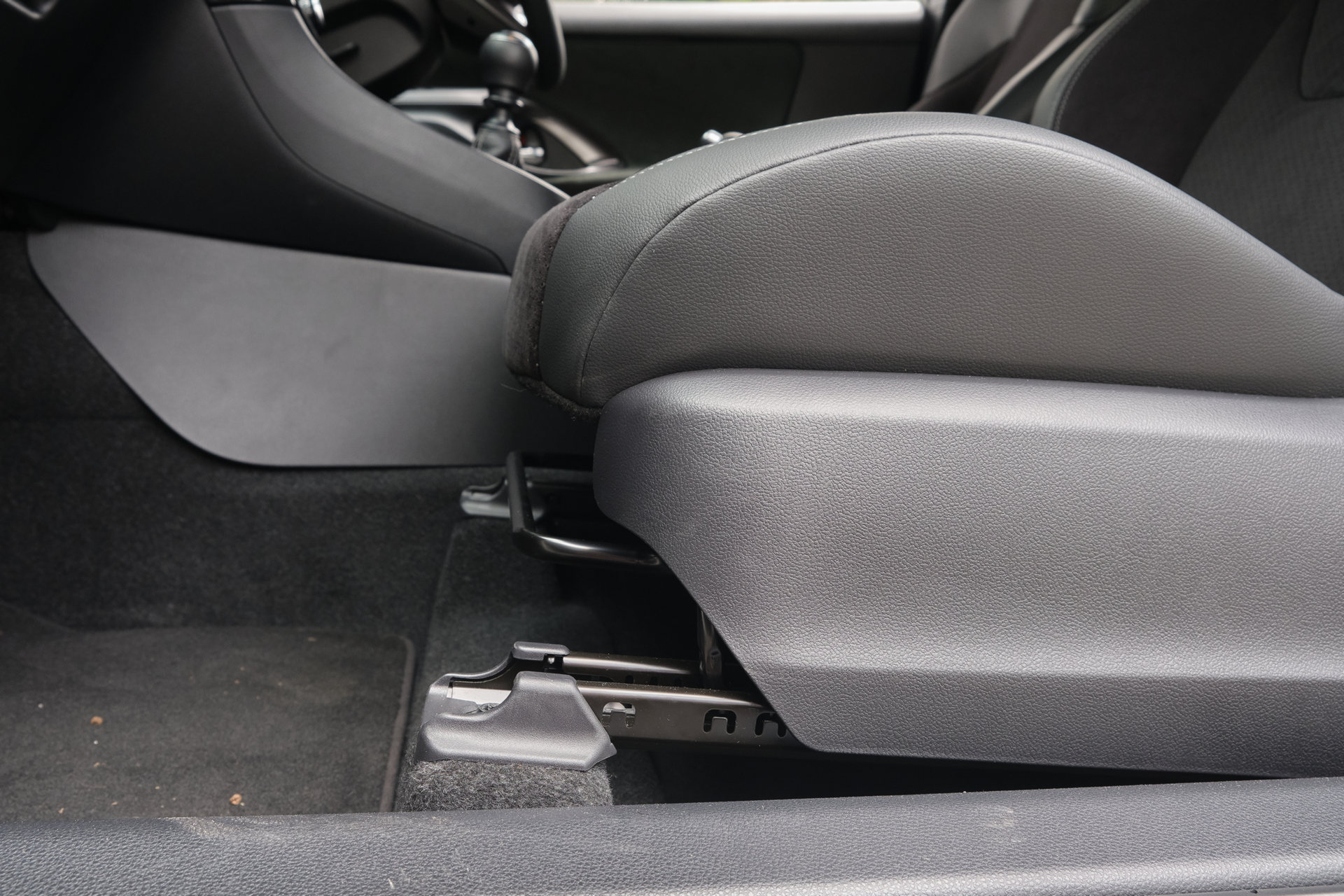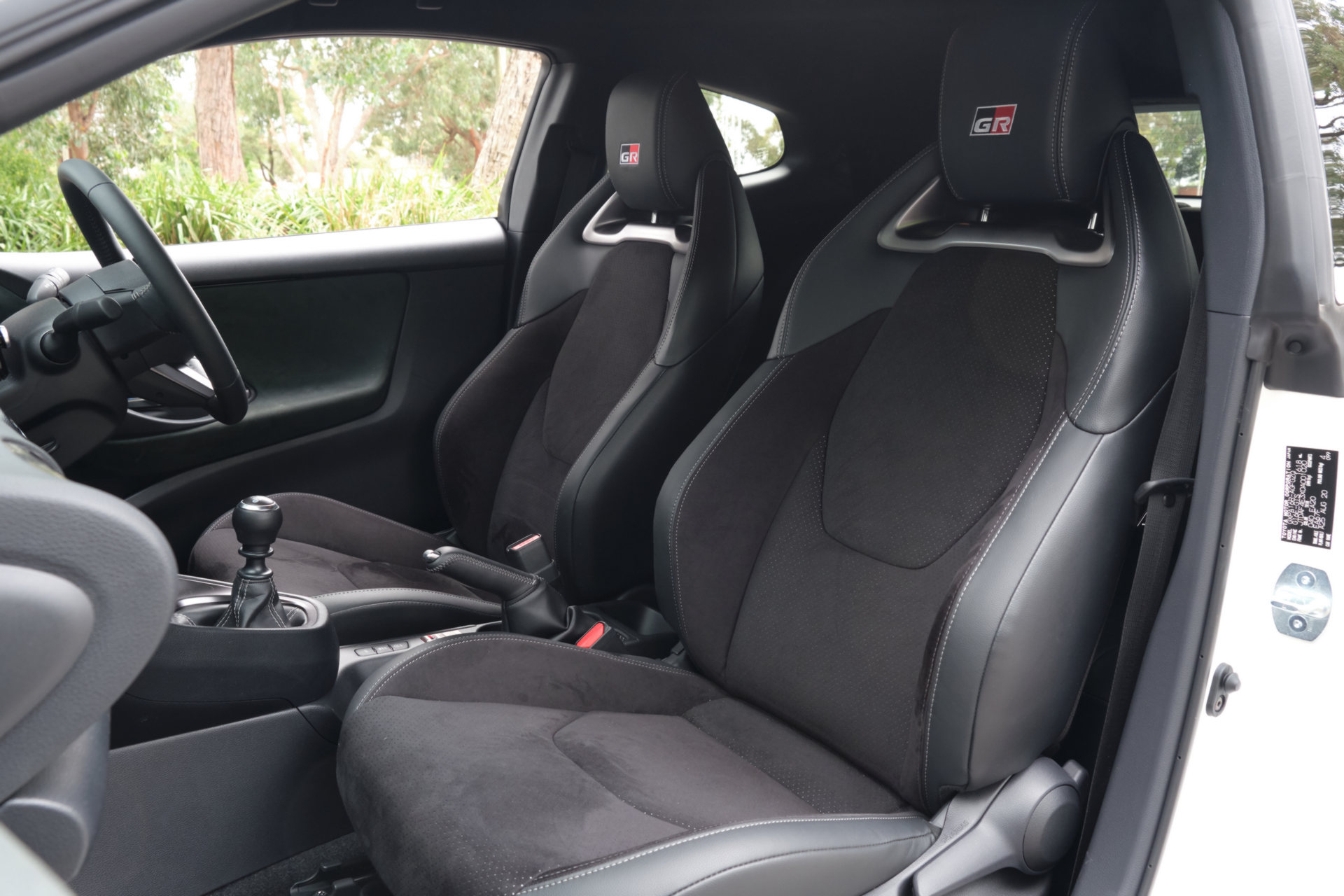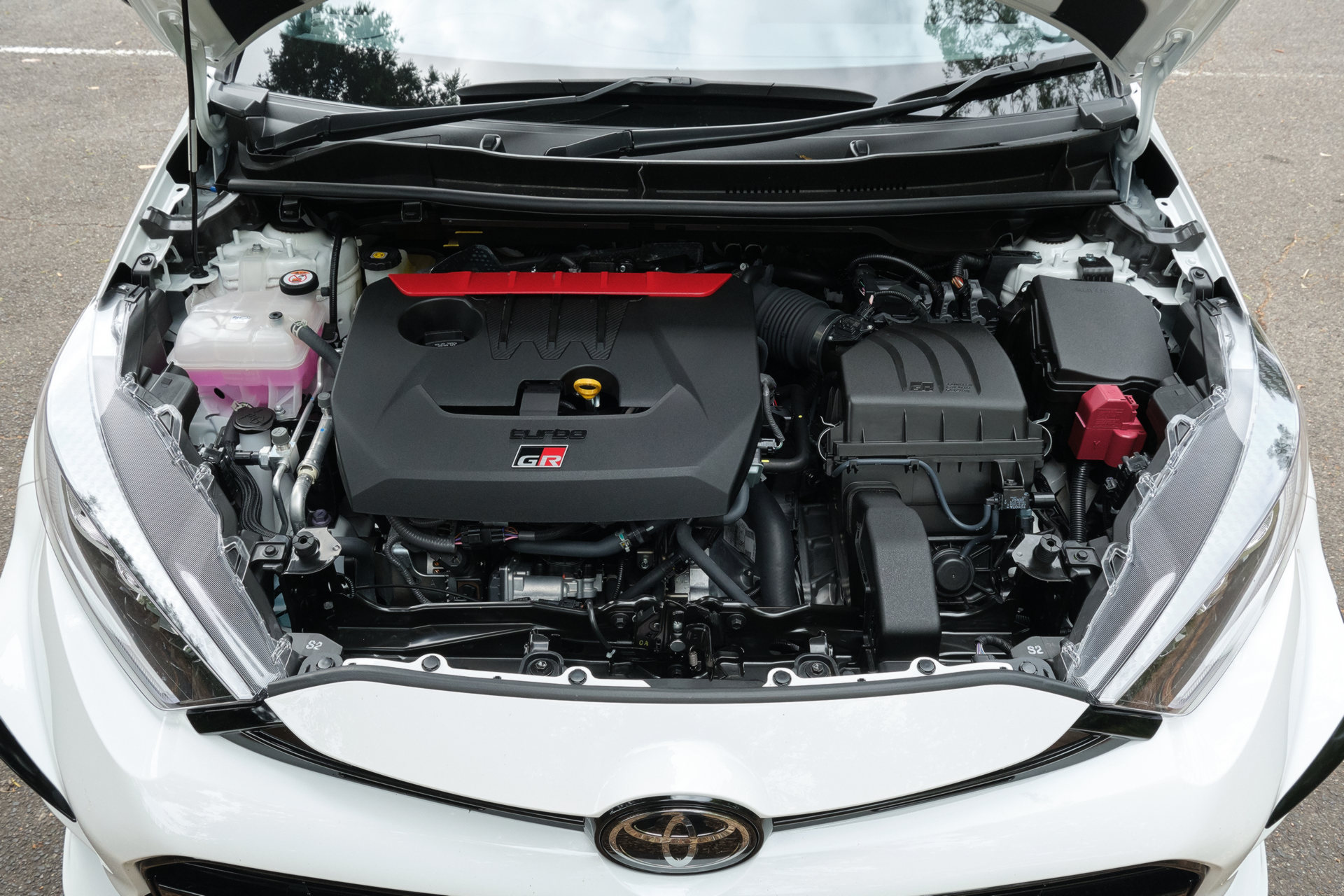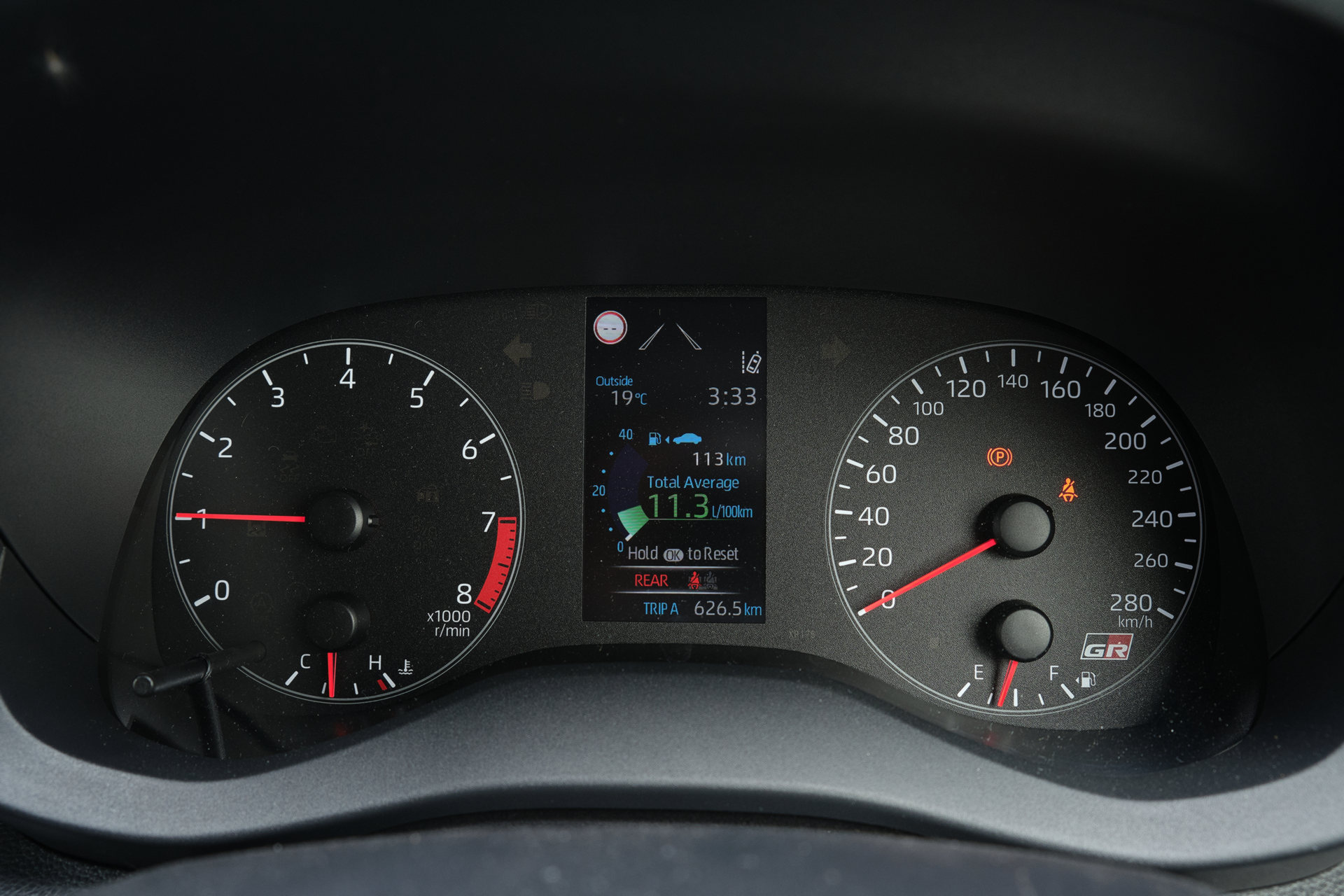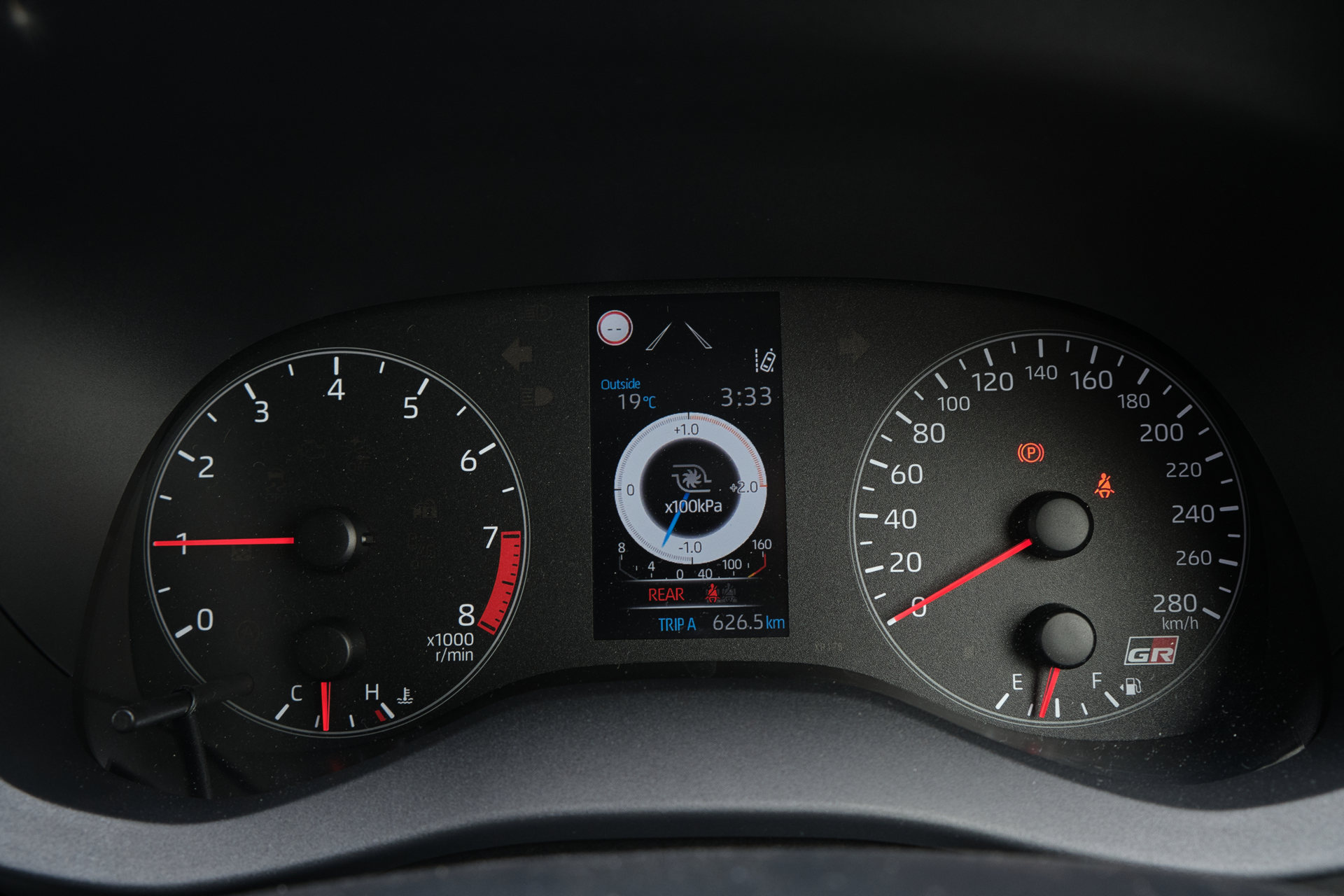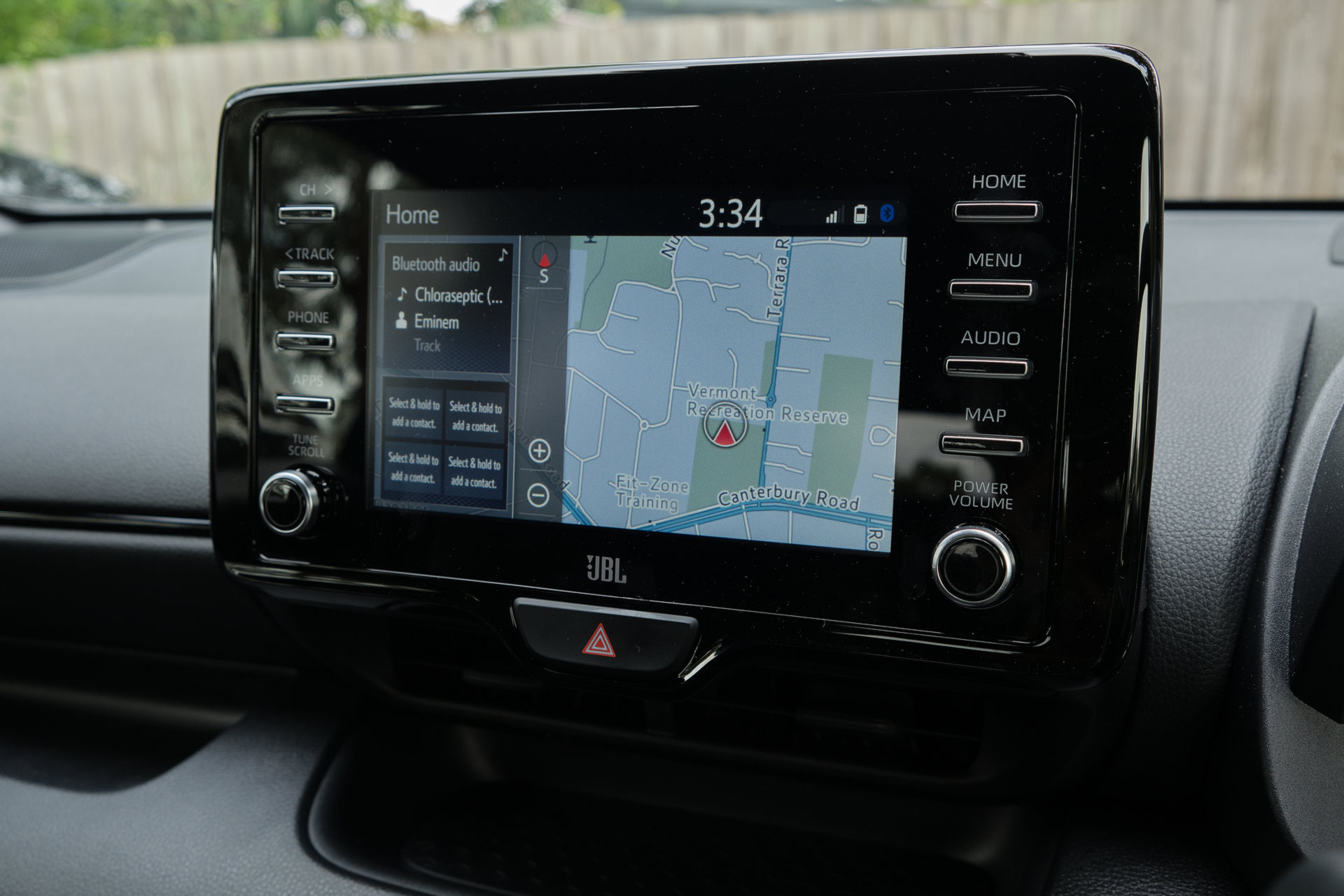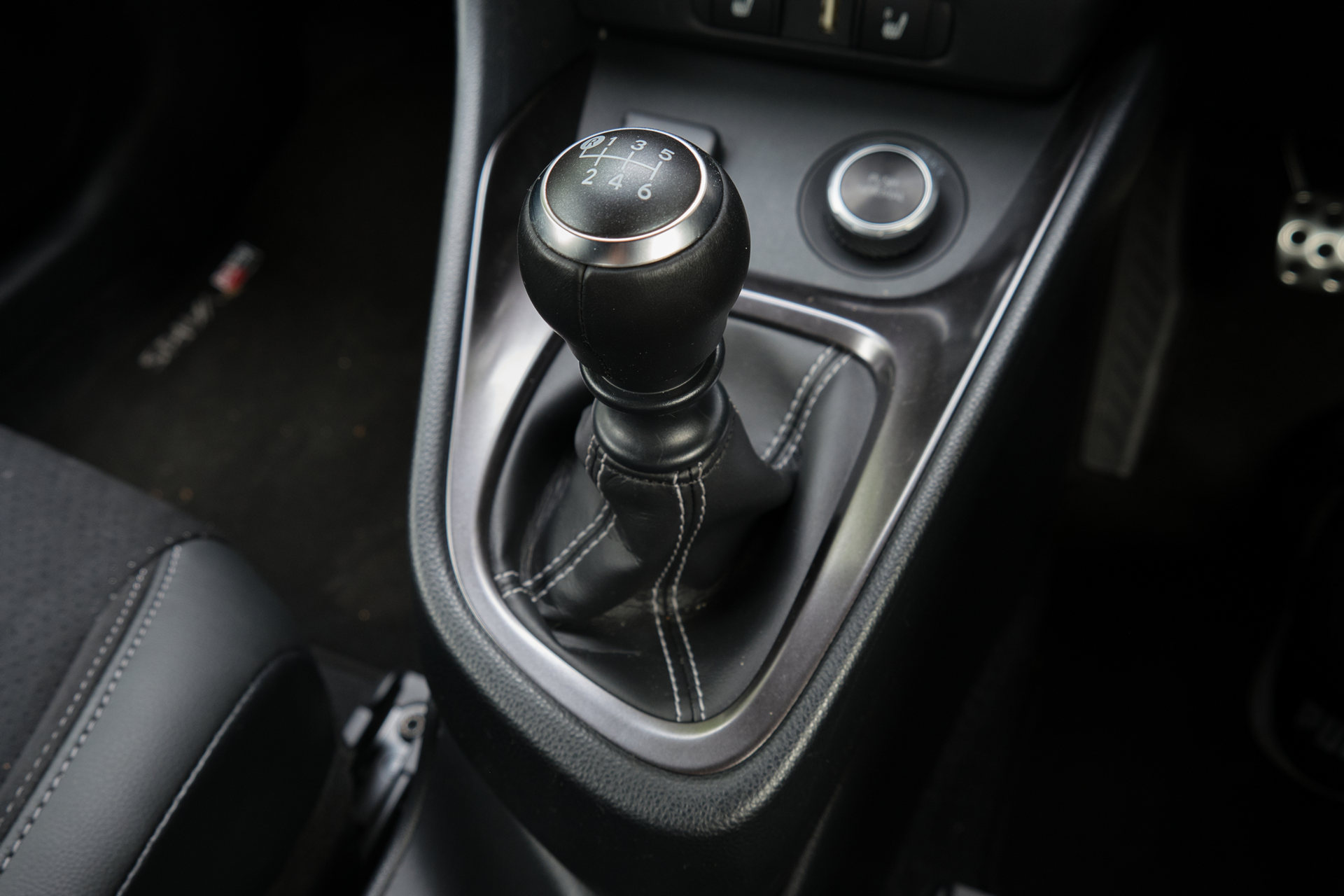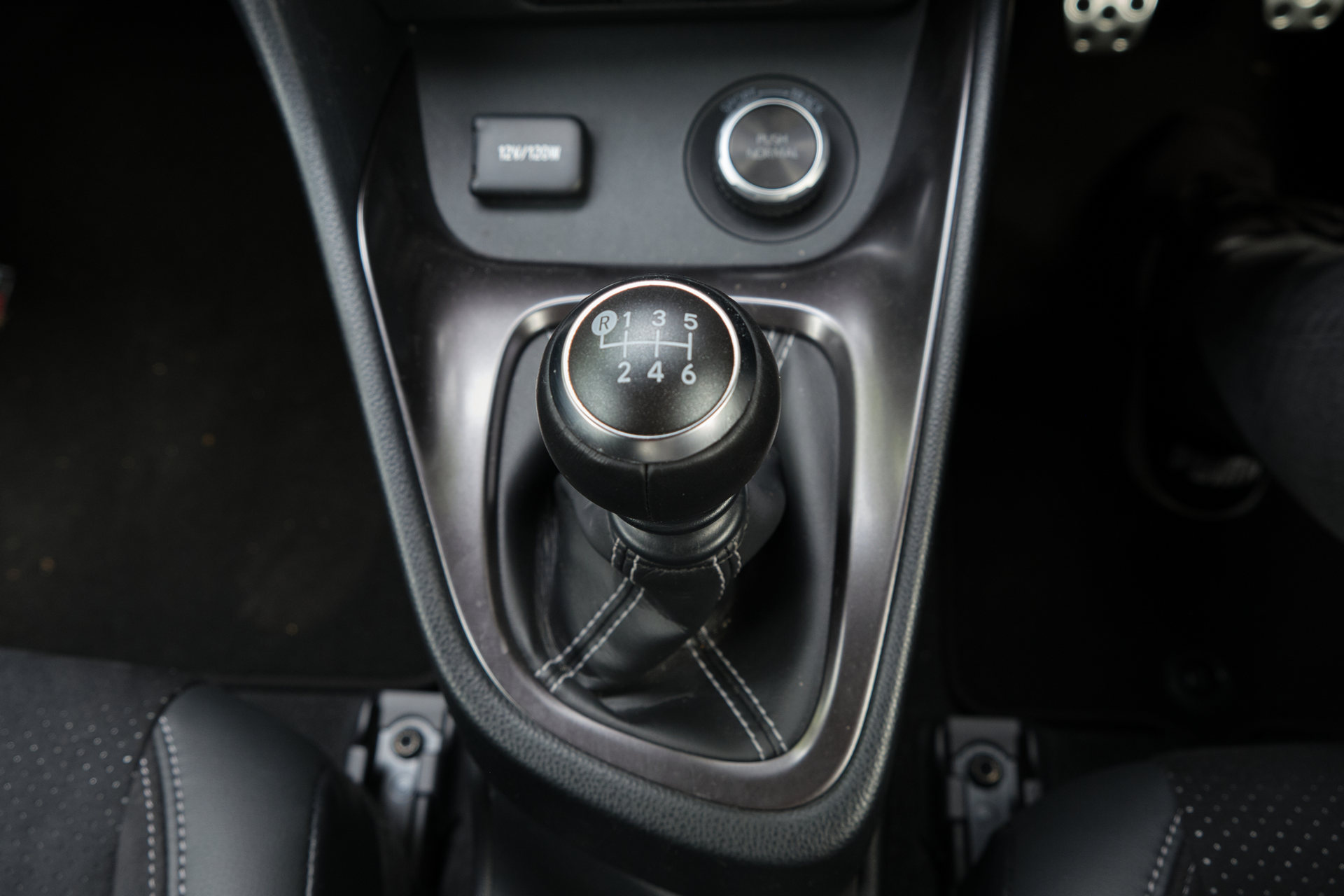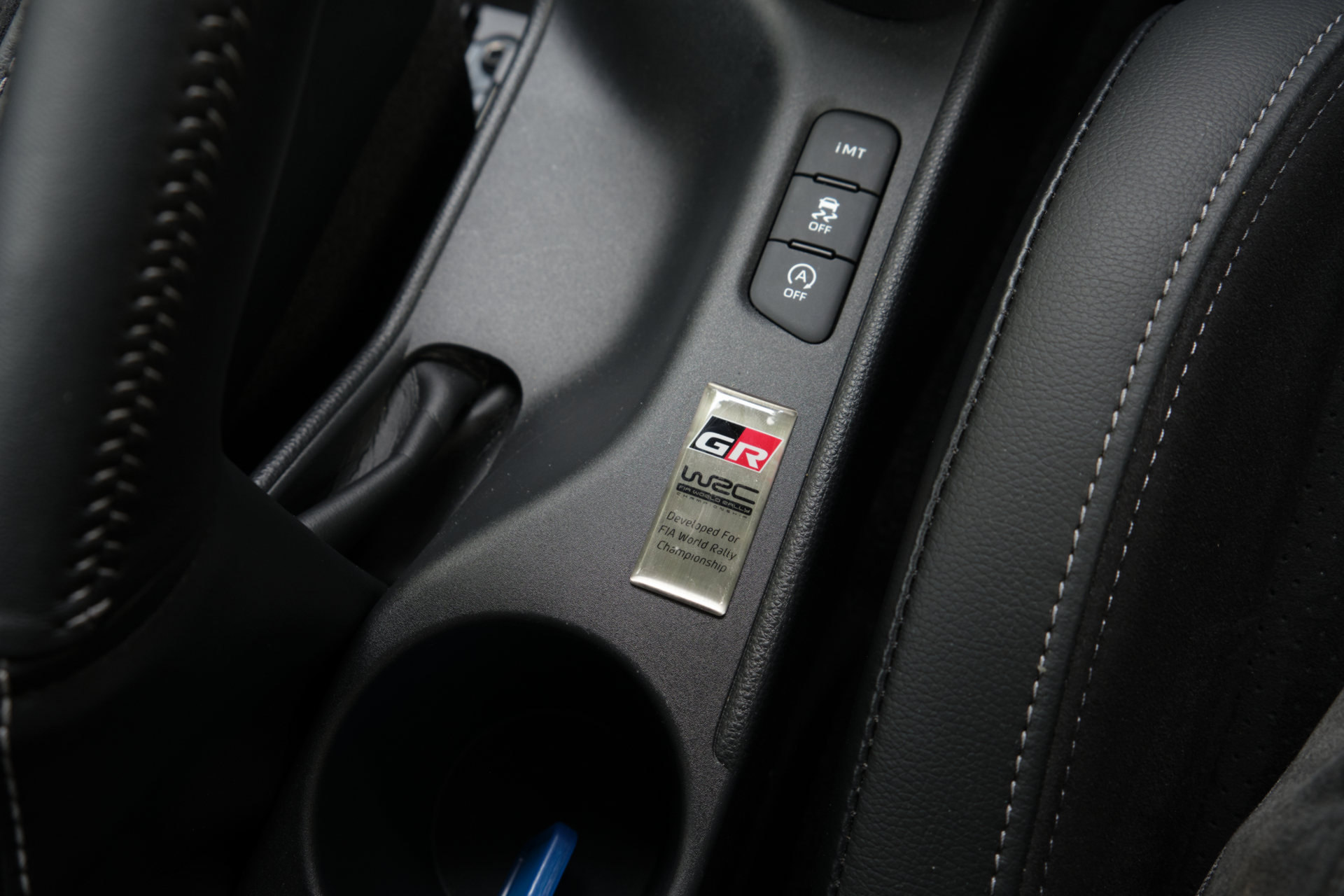It’s not very often that a small car sends petrolheads buzzing, but that’s exactly what the Toyota GR Yaris has done.
Since its unveiling last year, the GR Yaris has generated the type of hype that few other hot hatches in recent memory have, with the possible exception of the third-generation Ford Focus RS in 2015. It brings with it serious motorsport credentials and is a proper homologation special for the street. We recently had the opportunity to test it out over the course of a week.
Watch Also: Can A Stock GR Yaris Beat A GT-R Nismo On A Short Track On A Very Rainy Day?
There are two variants of the GR Yaris available in Australia, the standard model and the Rallye. Toyota Australia decided to launch the car locally in its entry-level form first, meaning you do not get the Torsen limited-slip differentials, track-tuned suspension, 18-inch forged BBS wheels, and Michelin Pilot Sport 4S tires that come as standard on the Rallye (also known as the Circuit Pack in certain markets). As the GR Yaris Rallye is not yet available for review Down Under, it is the entry-level model that we tested.
Both the base GR Yaris and the Rallye are powered by a 1.6-liter turbocharged three-cylinder. Australian-delivered cars land in the same specification as those in Japan, meaning this engine is rated at 200 kW (268 hp) at 6,500 rpm and 370 Nm (273 lb-ft) of torque between 3,000 and 4,600 rpm, slightly more than the 192 kW (257 HP) and 266 lb-ft (360 Nm) tune that’s available in other markets such as Europe. Mated to the engine is a six-speed manual transmission transmitting power through an all-wheel drive system and Dunlop SP Sport Maxx tires. More on those tires later…
The car is small. Indeed, it measures just 3,995 mm long, 1,805 mm wide, and 1,455 mm tall with a wheelbase of 2,560 mm. On first impressions, the wheelbase may seem minuscule but it is only 10 mm shorter than a Hyundai i30 N. The neat thing that Toyota’s designers and engineers have done is push the wheels right to the edge of the car, resulting in small front and rear overhangs.
Impressive performance, great gearbox
Most three-cylinder engines on the market are about as boring to use as watching paint dry. Not the case with the GR Yaris.
Not only is the compact 1.6-liter turbocharged three-cylinder nearly as powerful as the four-pots driving most other hot hatches, but it has a character to it that few rivals can match. It produces a surprisingly meaty sound throughout the rev range and even though some of this sound is pumped into the cabin, it immediately puts a smile on your face. It’s the same story with the exhaust note. But it’s not the sound that’s the best thing about this engine; rather, it is its willingness to rev.
Toyota says peak power comes in at 6,500 rpm but you can continue to rev the GR Yaris through to 7,000 rpm and it absolutely loves it. The engine is also quite fuel-efficient as we averaged 11.2 l/100 km (21 U.S. mpg) over the course of the week, not bad considering how we were driving. A comparable four-cylinder hot hatch driven in the same manner would average between 13 l/100 km (18 U.S. mpg) and 14 l/100 (16.8 U.S. mpg).
Then we come to the gearbox. Not only has the shifter been positioned perfectly but the engagement of the gears is among the best in the segment, behind only the Honda Civic Type R. The gearing is also quite short, allowing you to enjoy shifting through the gears and revving out the engine at the same time. Off the line, Toyota says the car needs 5.2 seconds to hit 100 km/h (62 mph) but it feels faster than that as second gear tops out just before that mark, forcing you to shift into third to cross past 100 clicks.
A car that thrives when pushed
Much has been said about the car’s all-wheel drive system, particularly since most of the GR’s rivals are front-wheel drive. The all-wheel drive system doesn’t just benefit acceleration but it results in phenomenal levels of grip. Three driving modes are available for the car; Normal with a 60:40 front-rear power split, Track with a 50:50 power split, and Sport with a 30:70 front-rear power split.
I spent most of the week driving in Sport mode and while it doesn’t make the GR Yaris feel like it is rear-driven, you can feel the rear begin to rotate through both sustained cornering and sharper, more abrupt bends. It is exceptionally easy to drive the rally-bred hatch at the limits of grip and even if you go beyond them, it is easy to make the right corrections.
Steering is ace. Braking is ace. The driving experience as a whole is ace. However, not everything is perfect with the entry-level model.
During my first drive with the GR Yaris through a mountain pass with long, sweeping corners, I was very impressed with the grip provided by the Dunlop tires. However, as the week progressed and I began testing the car through tighter turns, the limits of these tires and the lack of LSDs become apparent.
If you turn quickly into a sharp bend, the tires screech in agony and you can push the car into understeer easier than with the likes of the i30 N and Civic Type R. Similarly, if you apply too much throttle through a turn, the lack of limited-slip diffs can send you wide. This is a car that demands smooth and precise driving. A set of stickier tires would work wonders and we’re going to endeavor to test out the GR Yaris Rallye soon to see how much difference the LSDs and Michelin rubber make.
Then there’s the seats…
However, it wasn’t the tires or the open differentials that were my biggest gripe with the car. It was the seating position. Lots of performance cars have their seat rails bolted to the floor but for some reason Toyota has mounted the seats of the GR Yaris on steel towers that sit more than three inches above the floor. This probably won’t be a concern for many buyers but for those over 6-foot, it results in a cramped and high driving position. It’s even worse if you’re ferrying around a tall passenger as the passenger seat cannot be lowered. The seats are mounted so high that the brackets actually sit above the line of the side sills.
With the exception of the positioning of the seats, the rest of the car’s cabin is nice and on par with rivals. The simple gauge cluster is a key highlight as is the very nice steering wheel. The seats are also very supportive and prevent you from sliding side-to-side during spirited driving. There’s also a JBL eight-speaker stereo system (although it’s not very good) and a 7.0-inch infotainment system offering support for Android Auto and Apple CarPlay.
As standard, all base GR Yaris models in Australia include a head-up display, adaptive cruise control, lane-tracing assist, road sign assist, and autonomous emergency braking with cycling detection, features only available on the ‘Convenience Pack’ offered in other markets.
Worthy of the hype?
The first 1,000 examples of the GR Yaris were sold in Australia for AU$39,950 (US$30,981), and while Toyota thought it could take up to 18 months to sell them, it only took five days. Small wonder as, at that price, it was an absolute bargain. Since then, the price has been jacked up to AU$49,950 (US$38,736) for on-road costs, bringing the total figure closer to AU$53,500 (US$41,489), or about AU$5,000 (US$3,877) less than the 2021 Honda Civic Type R. The flagship GR Yaris Rallye will set back Aussies AU$54,500 (US$42,265) before on-road costs.
There is no doubt the Toyota GR Yaris is a phenomenal hot hatch. It is a joy to drive, regardless of whether you are puttering around town or carving your way through a canyon road. The world is a better place with this potent little rally car in it but to fully understand how good it is, we need to test out the Rallye version. Stay tuned.



